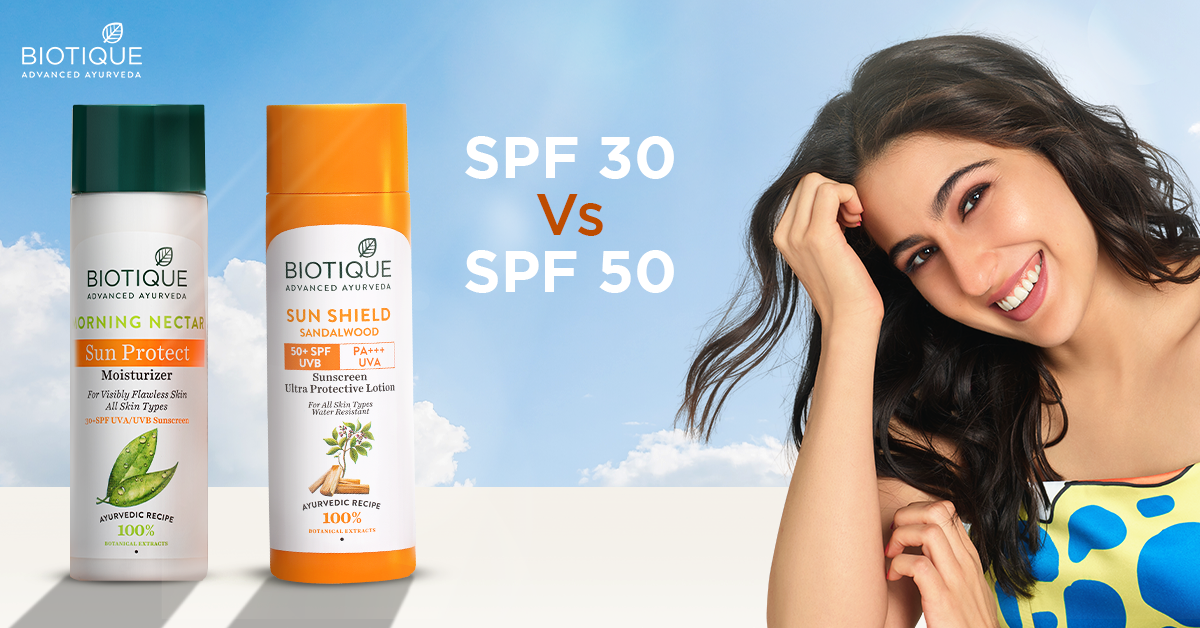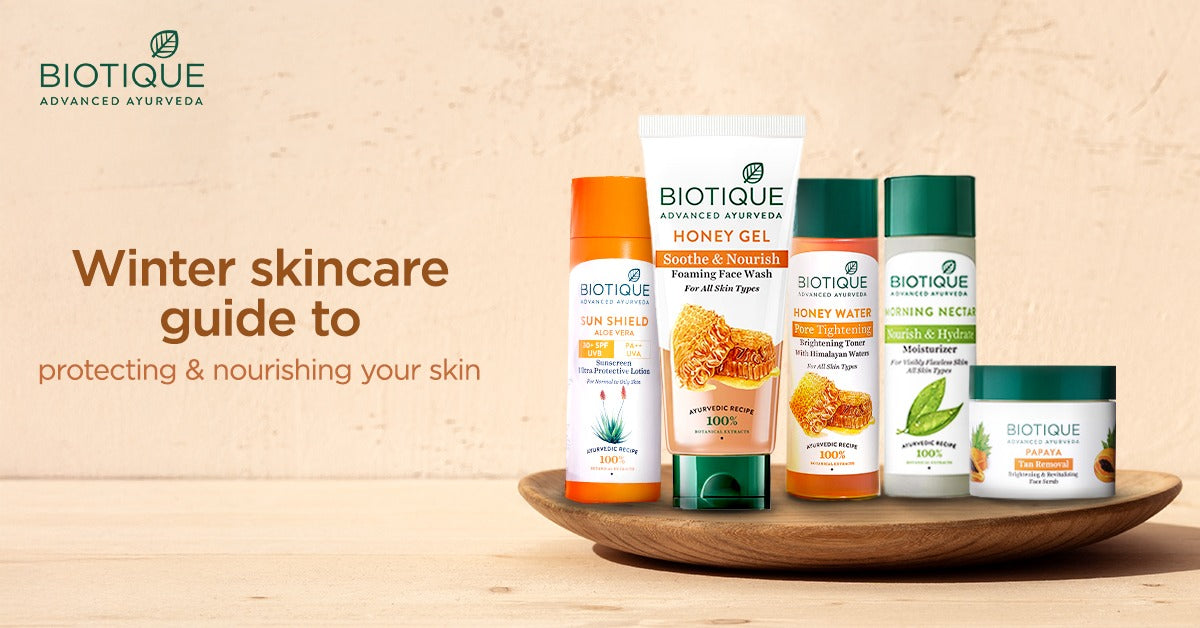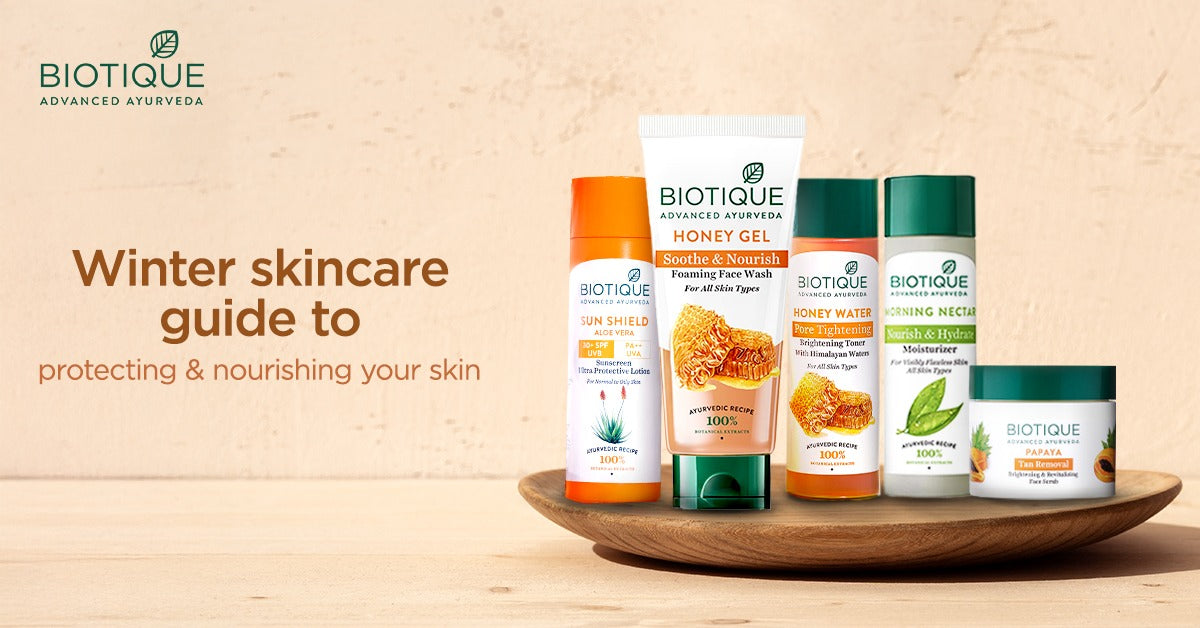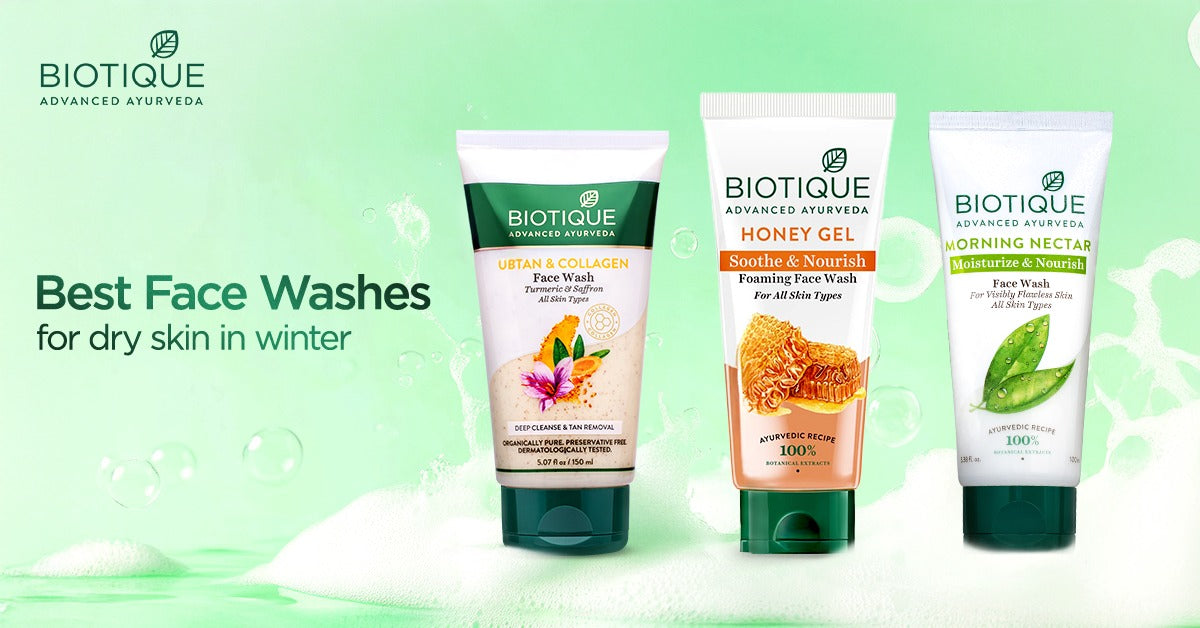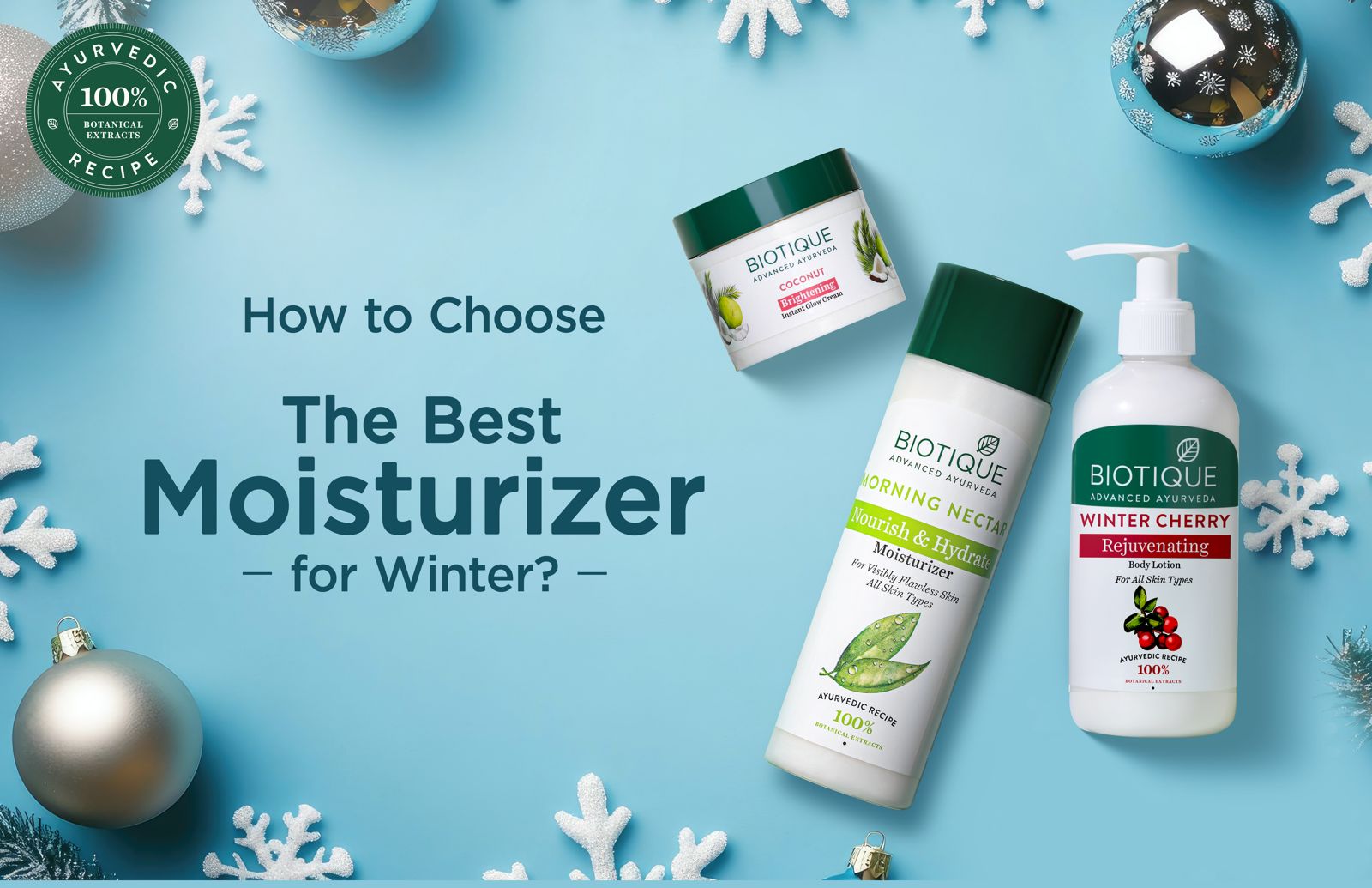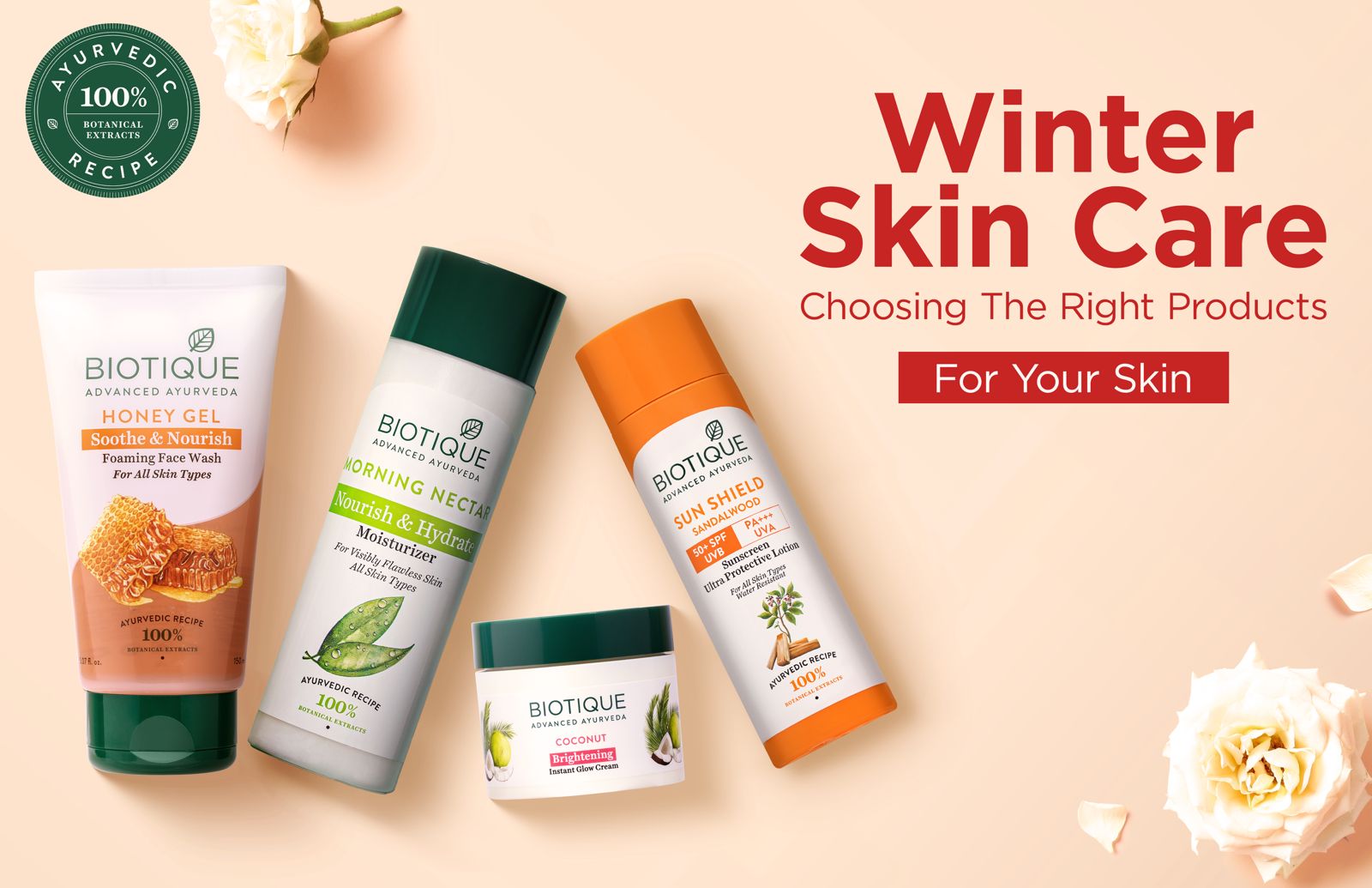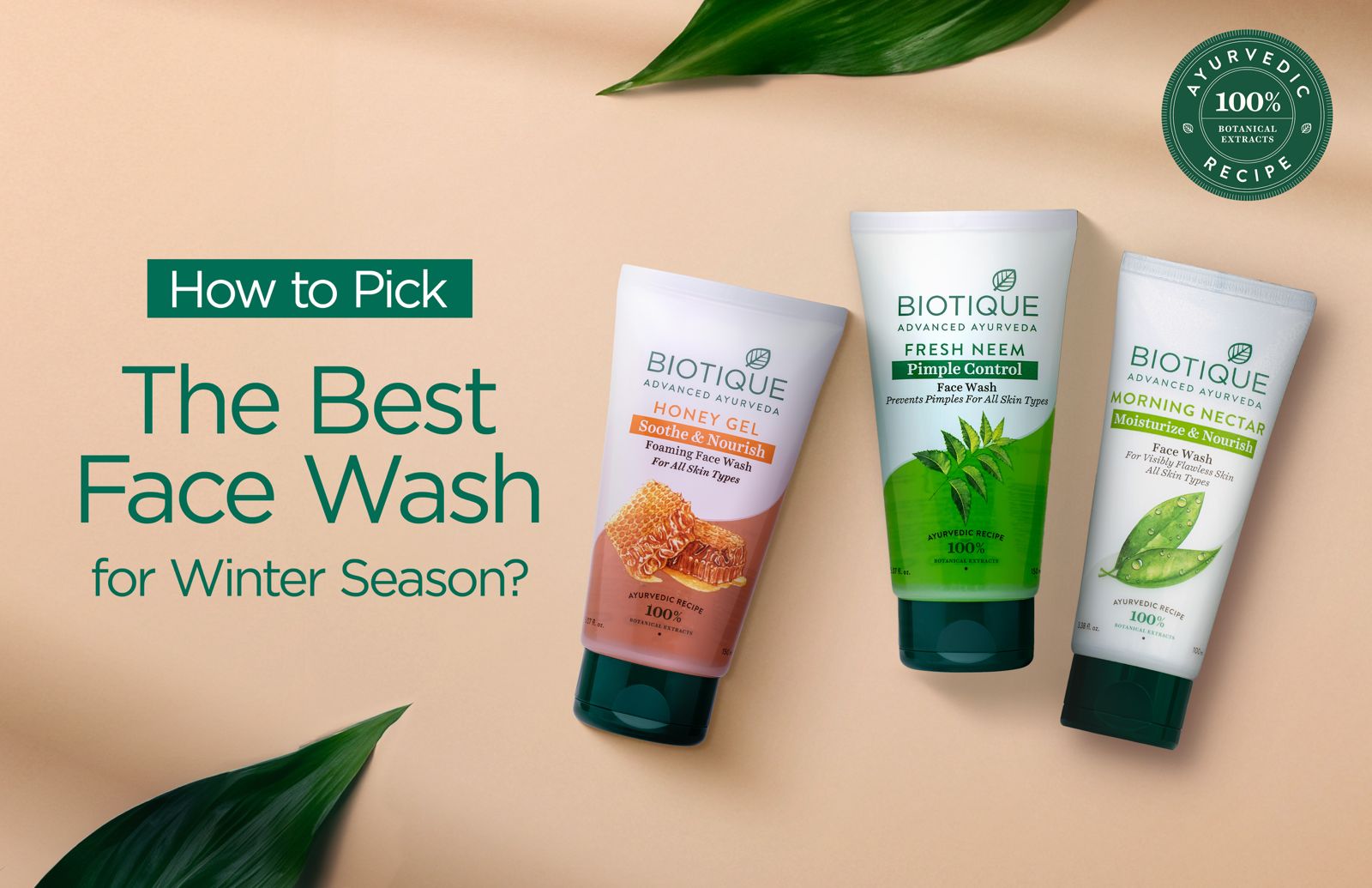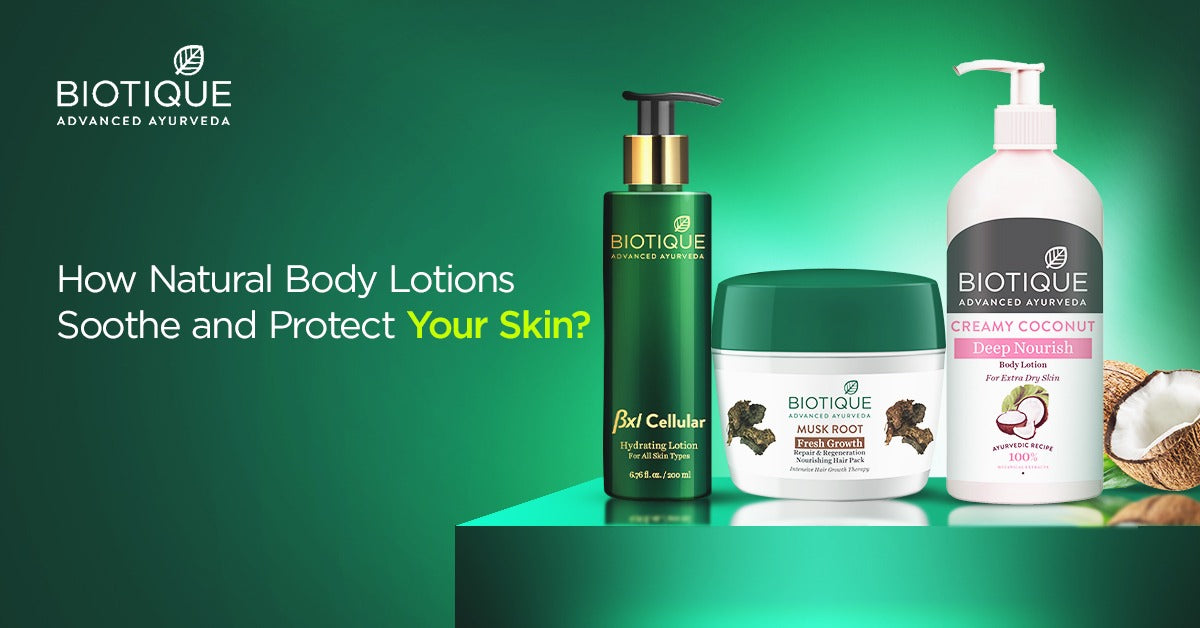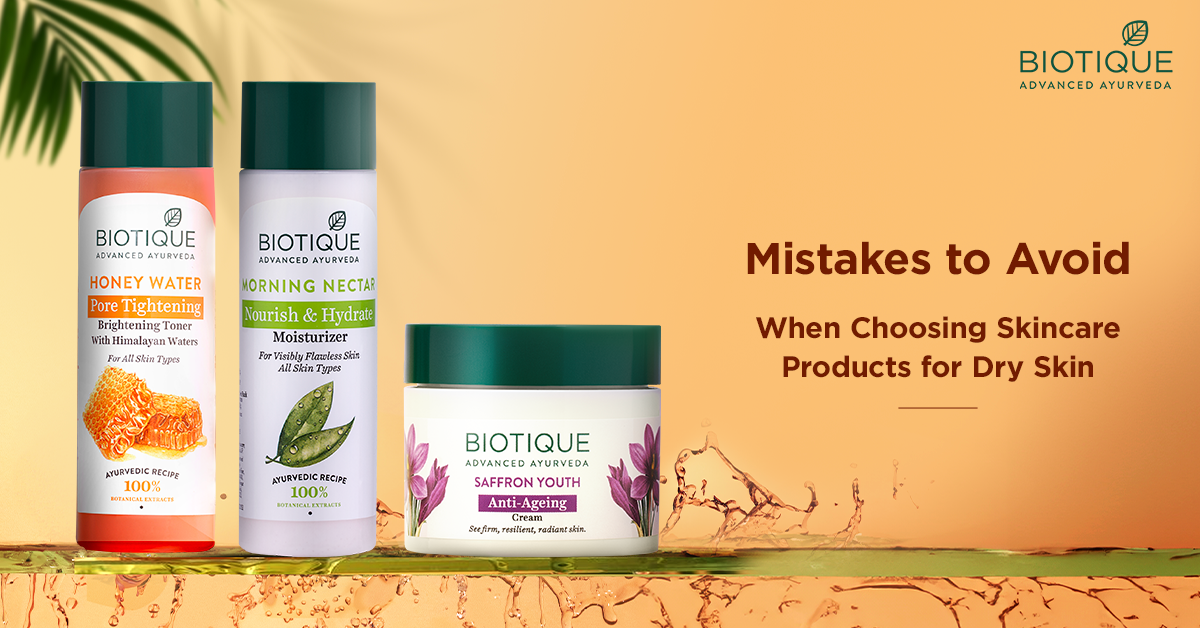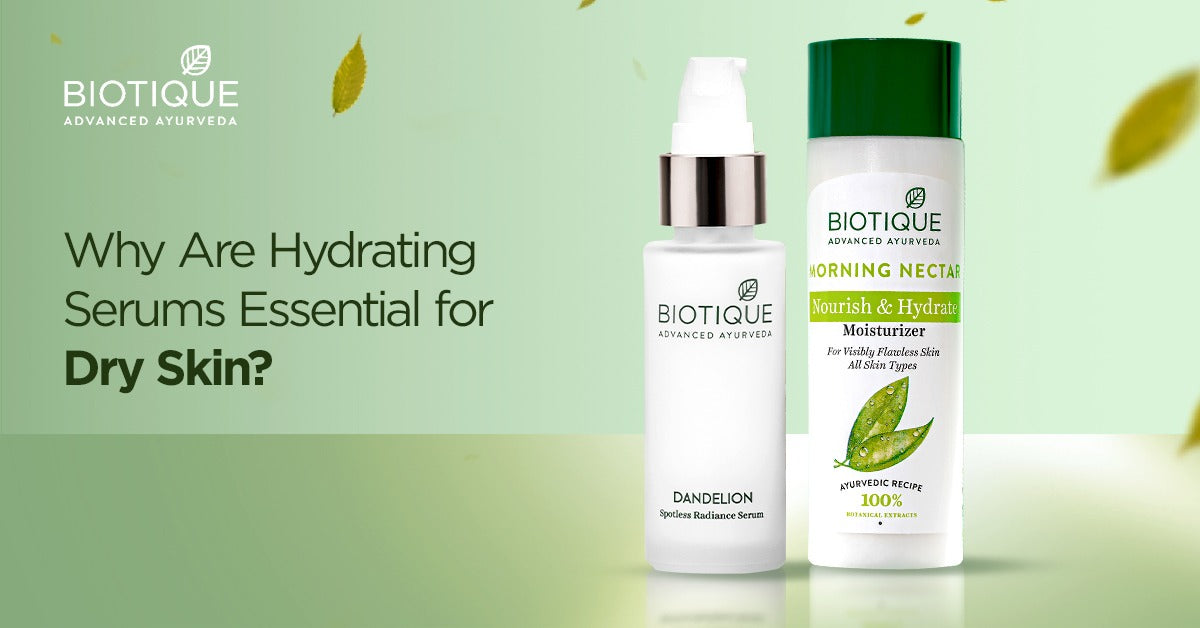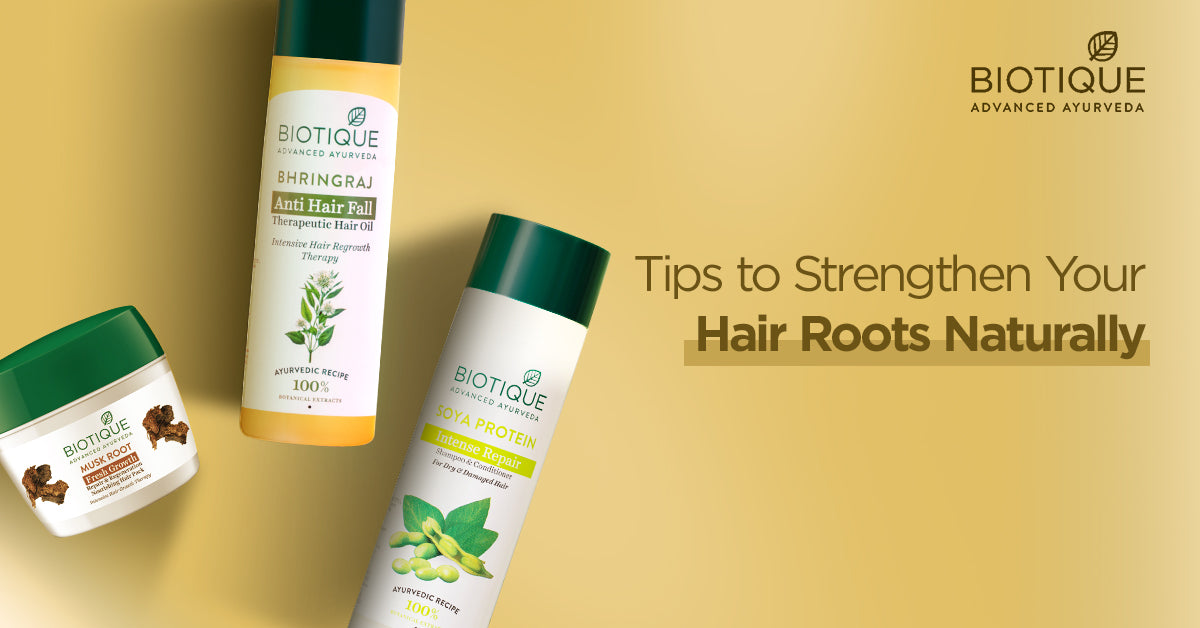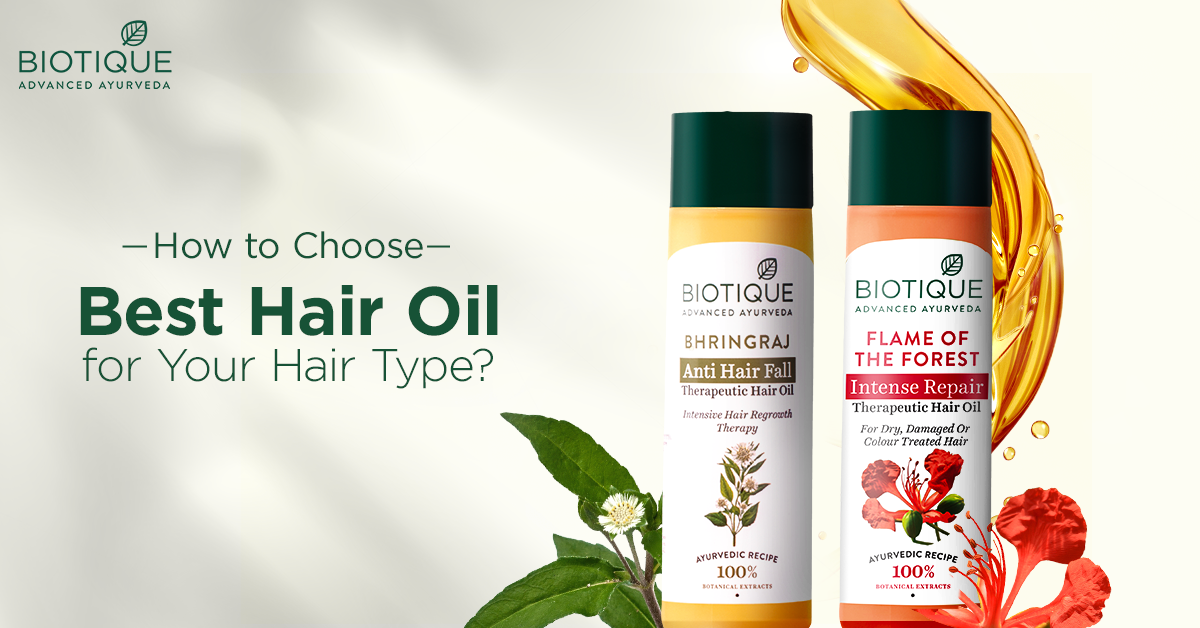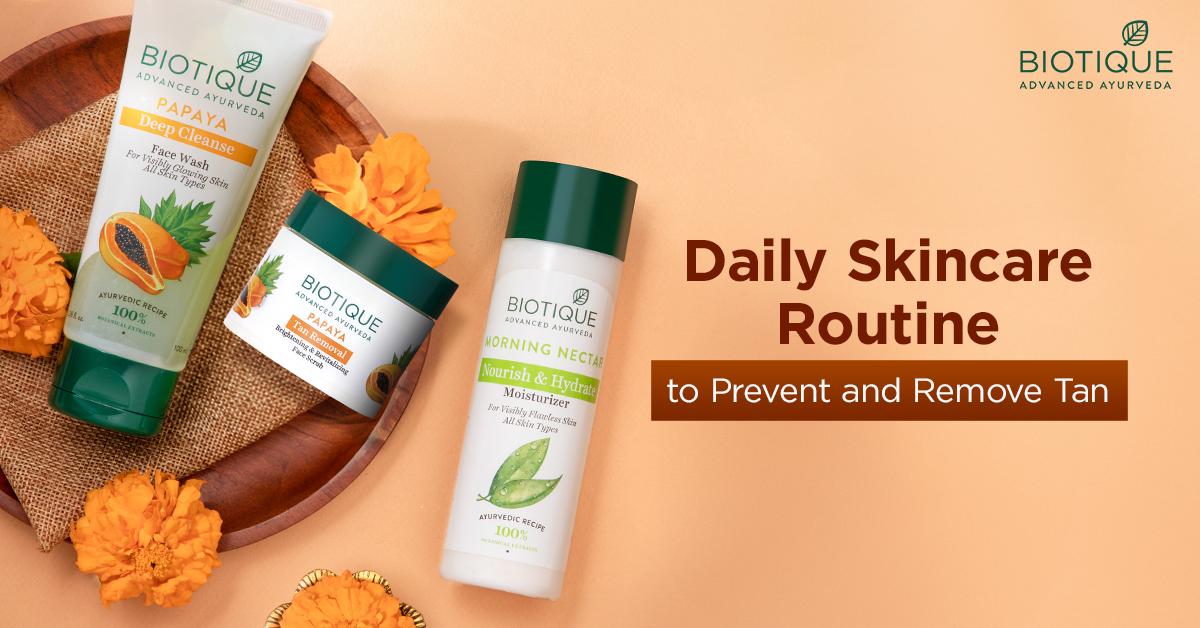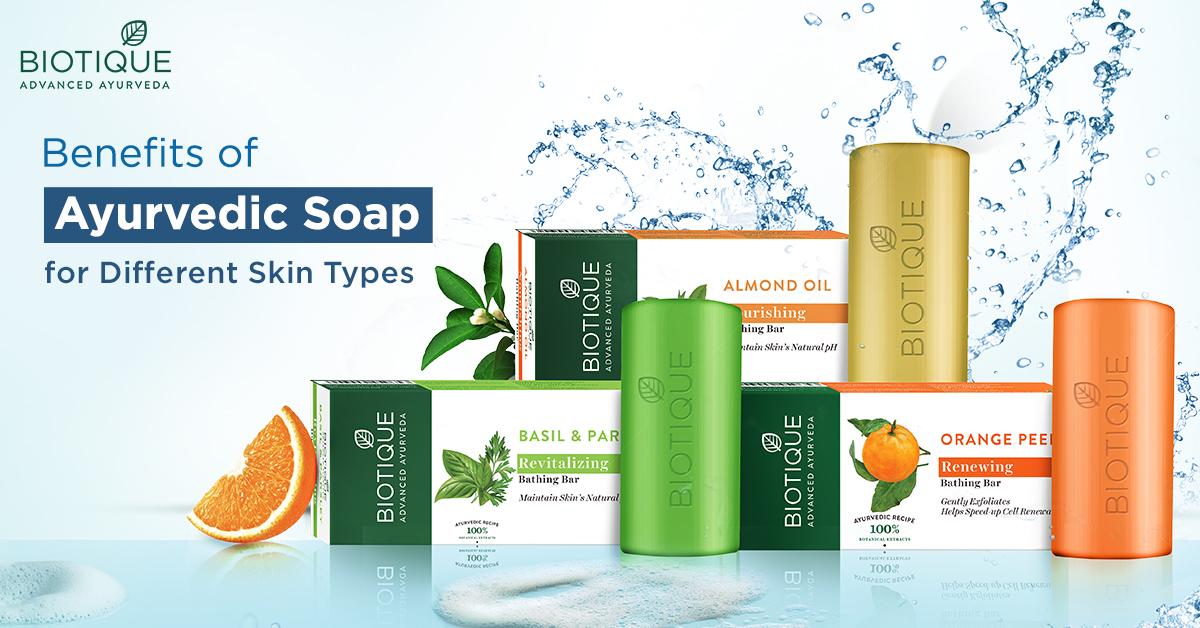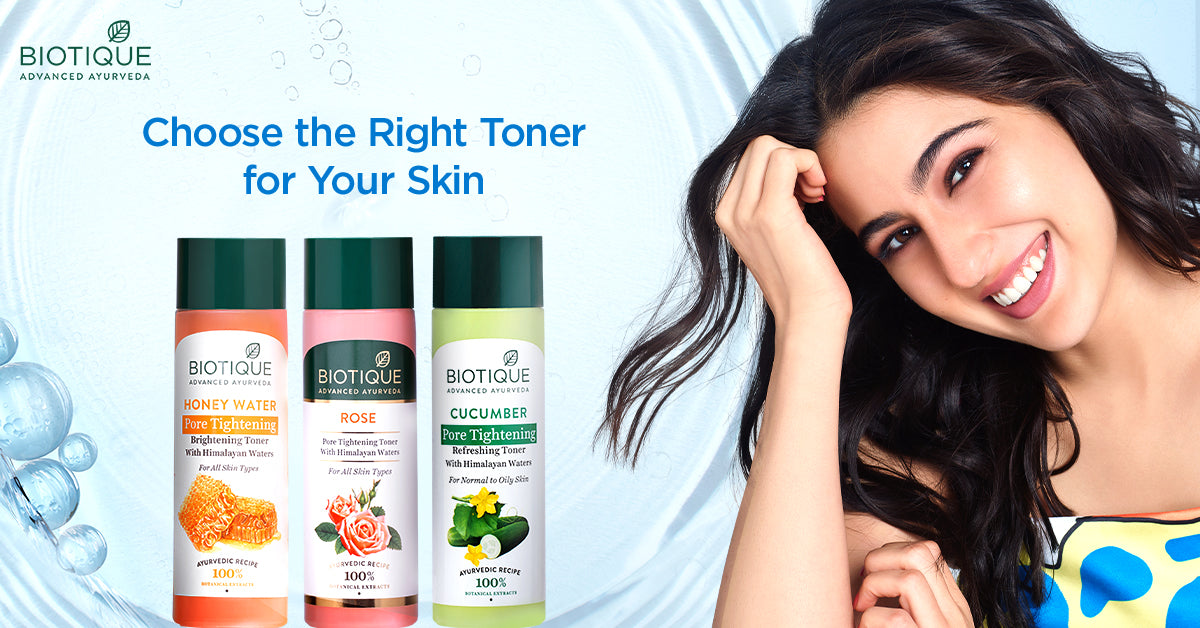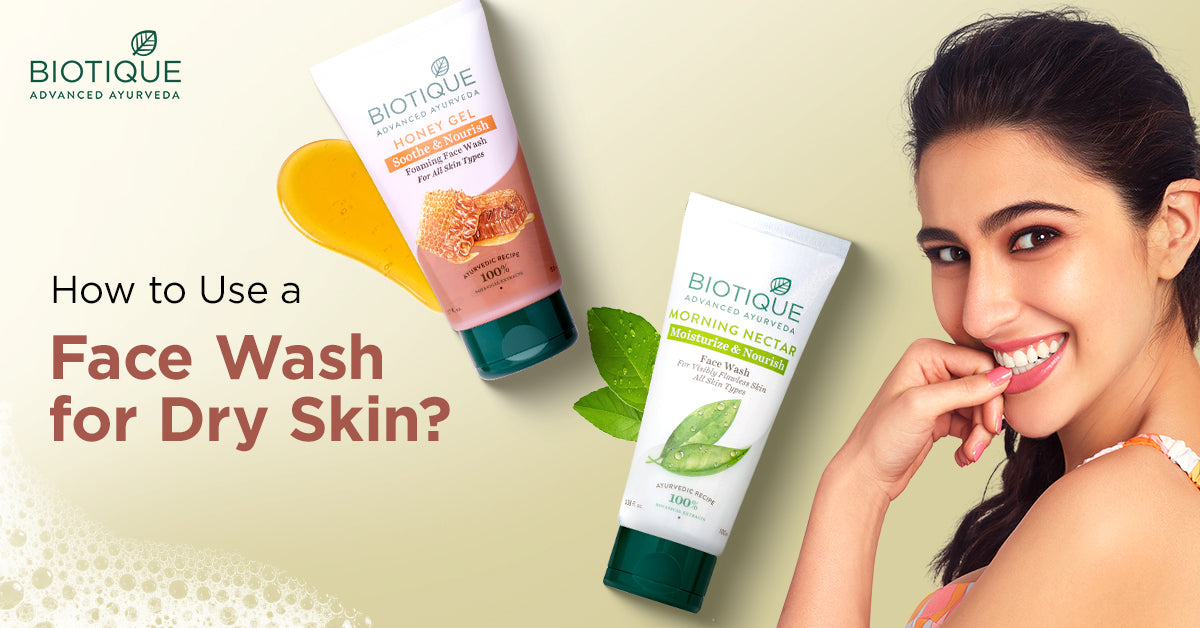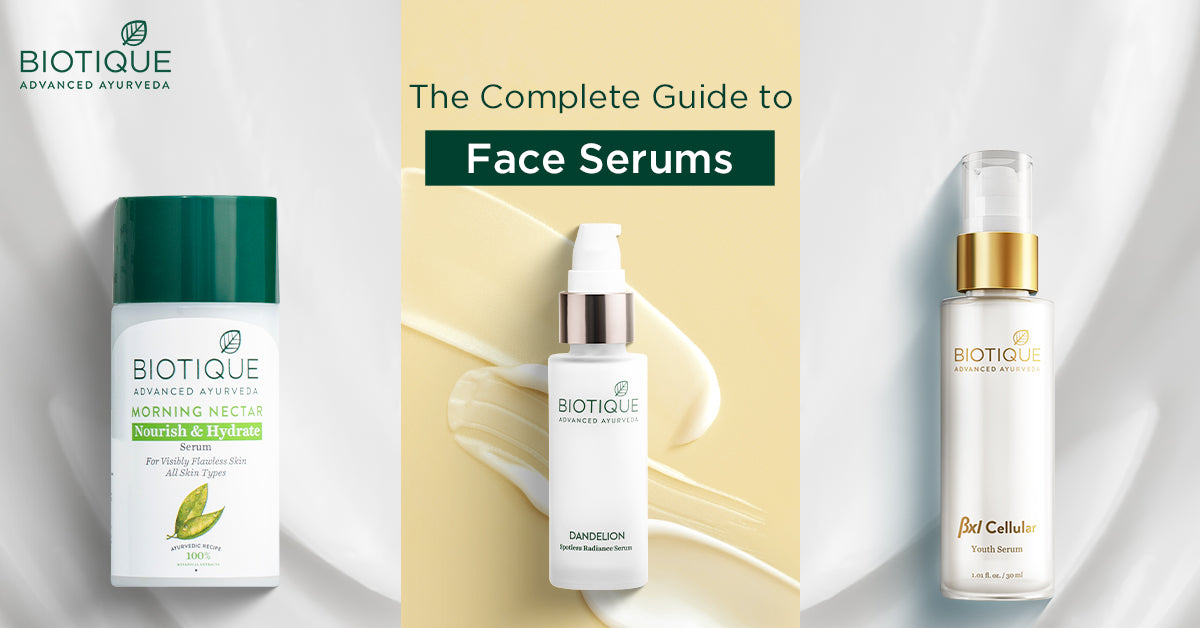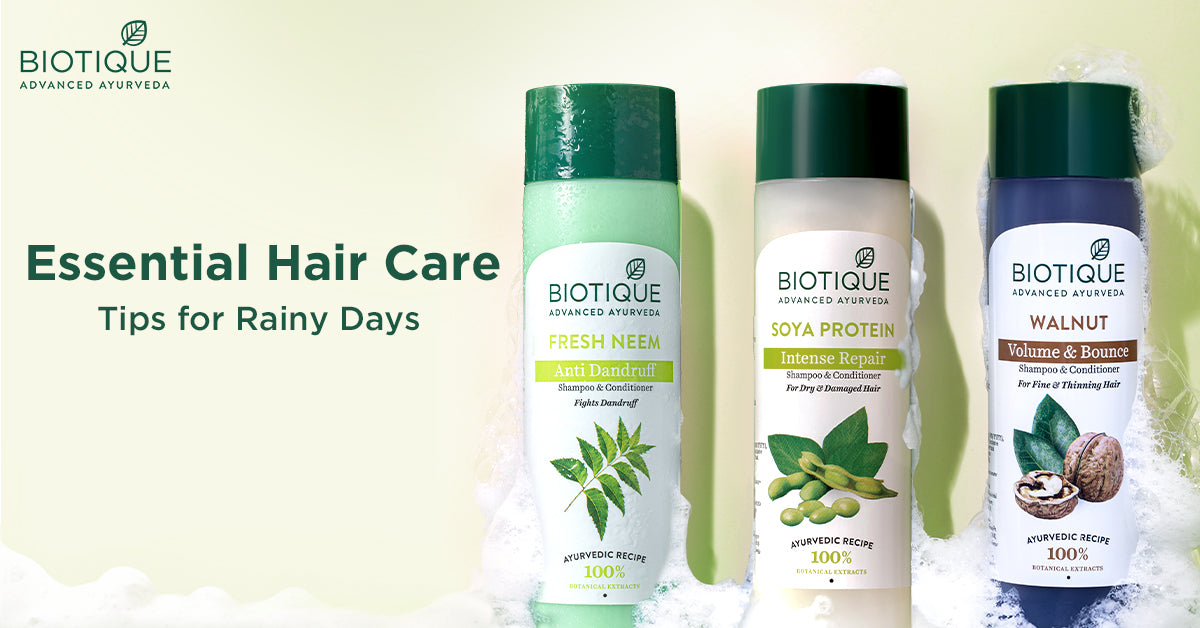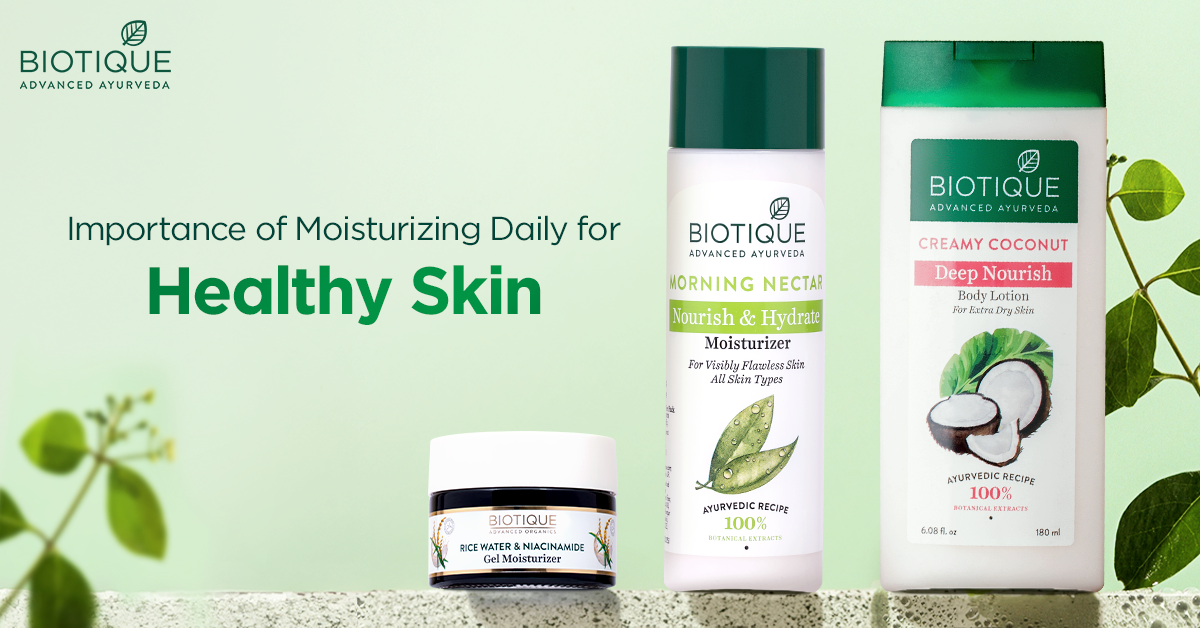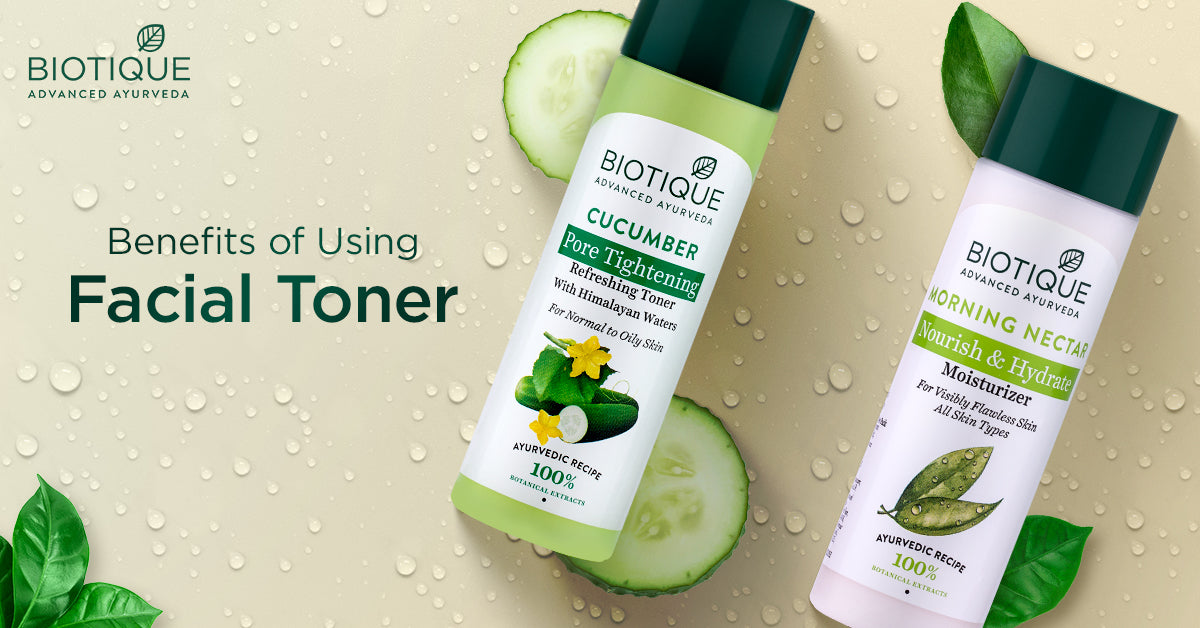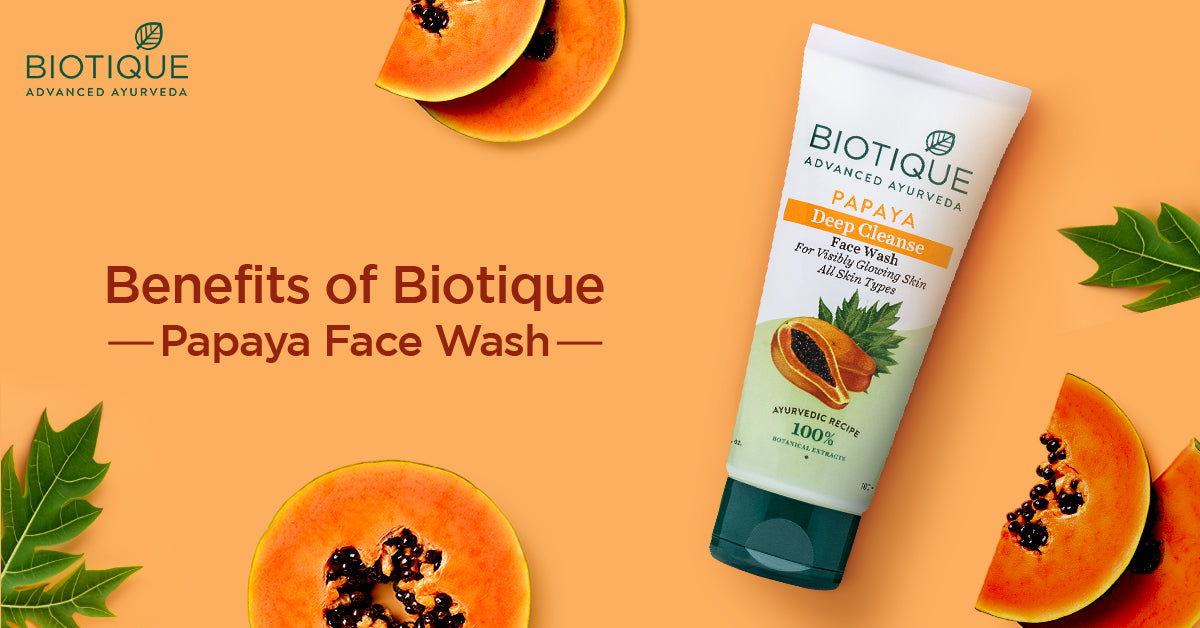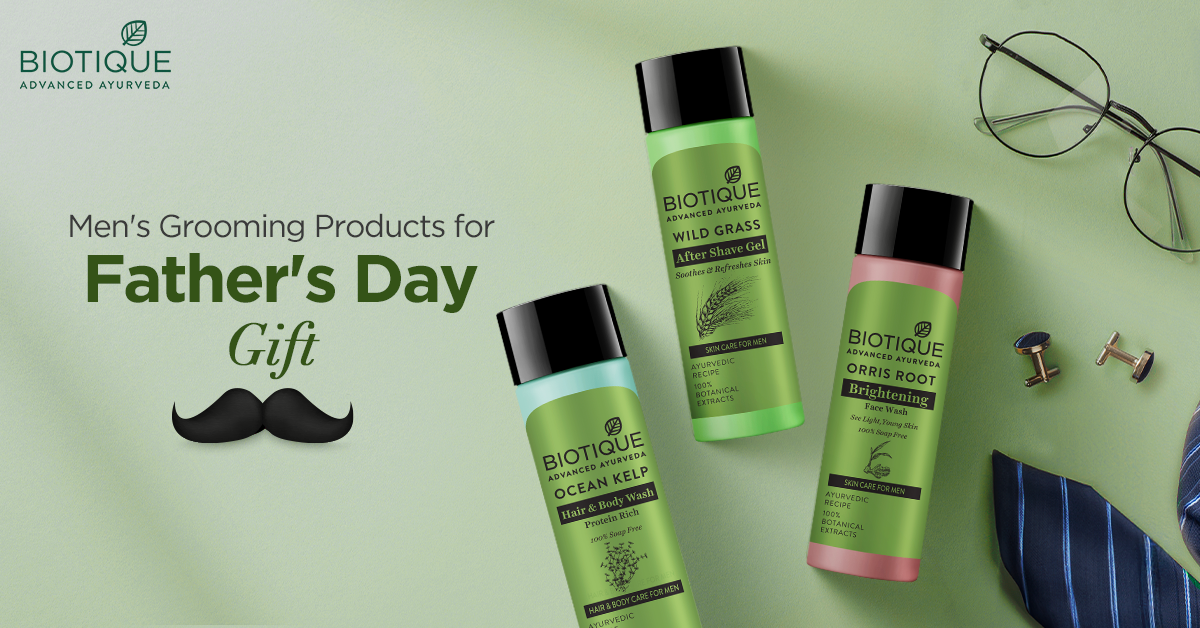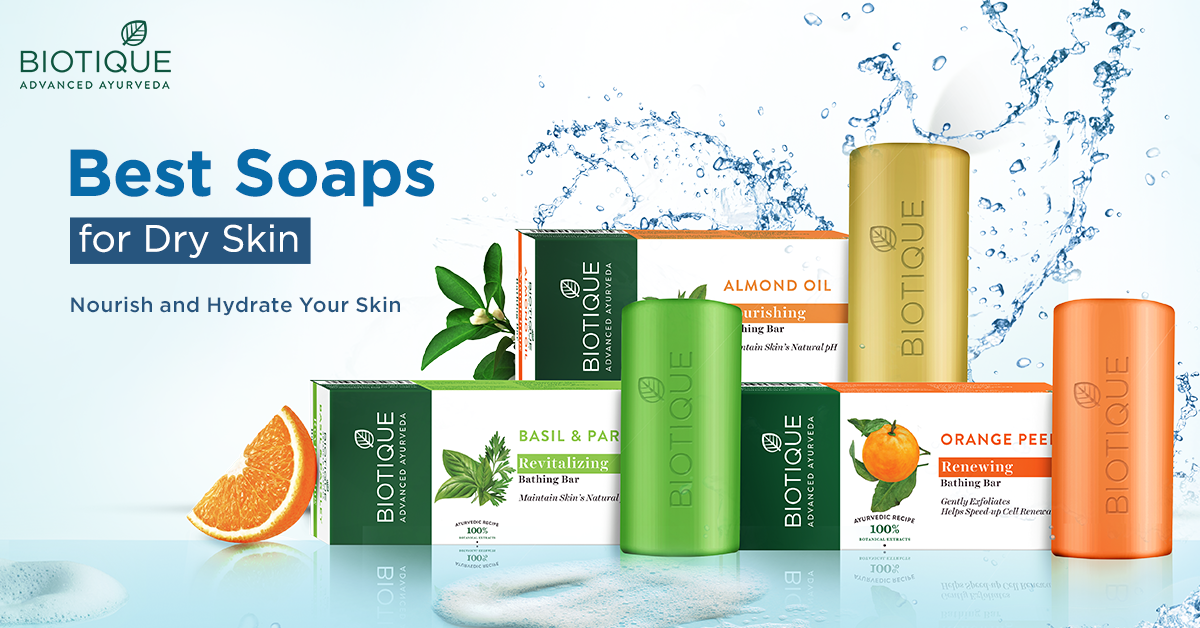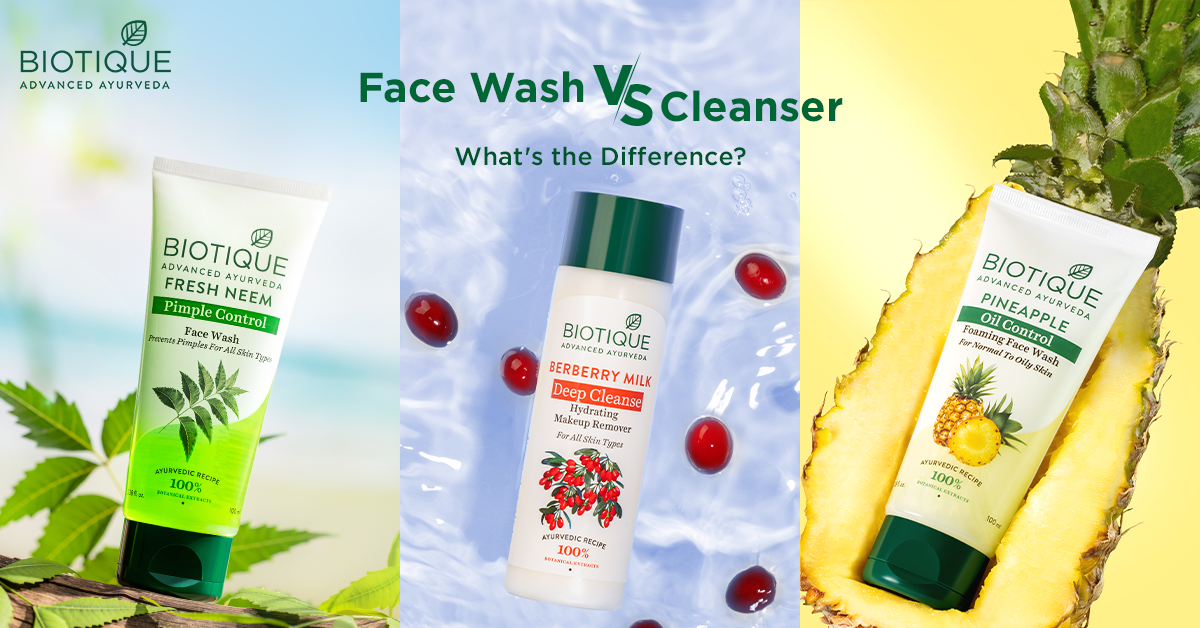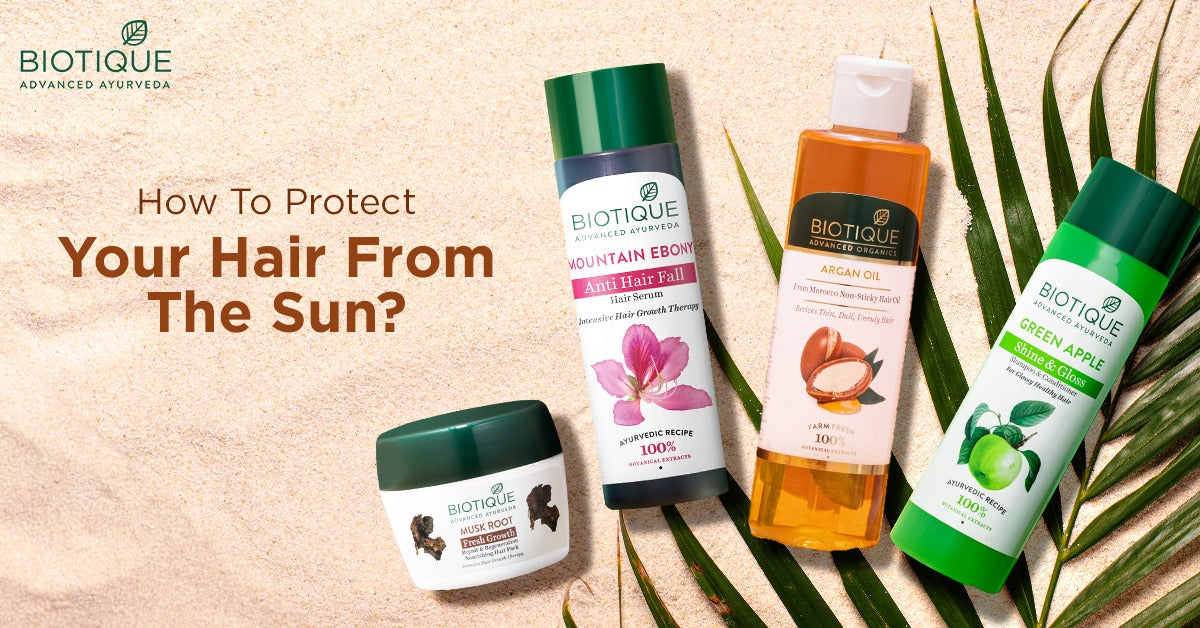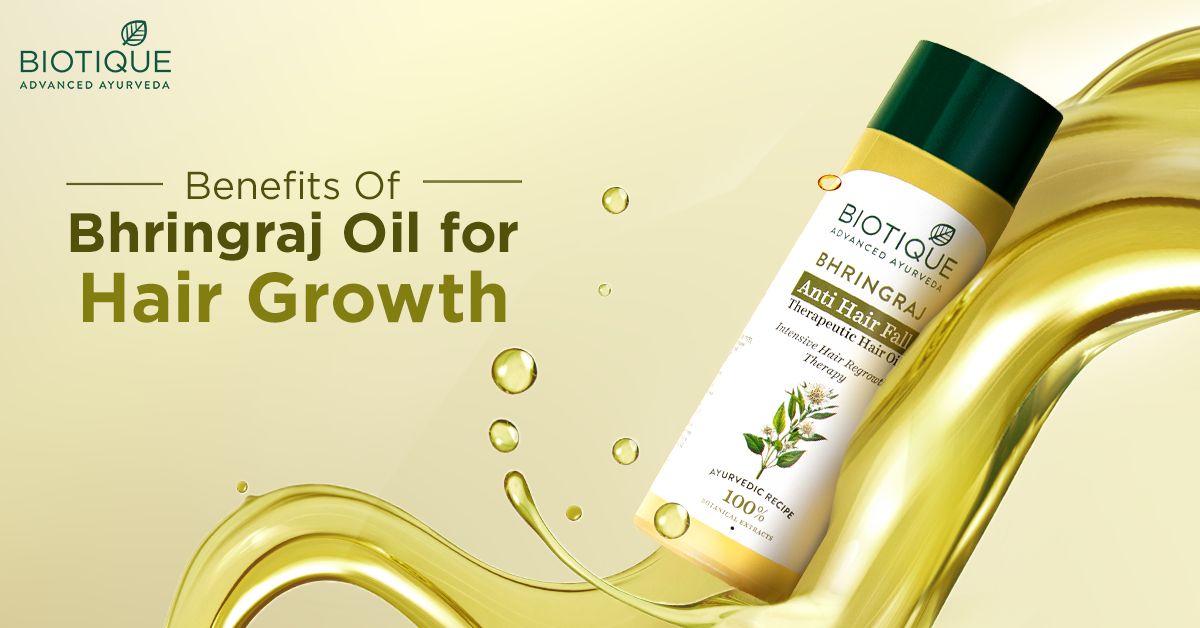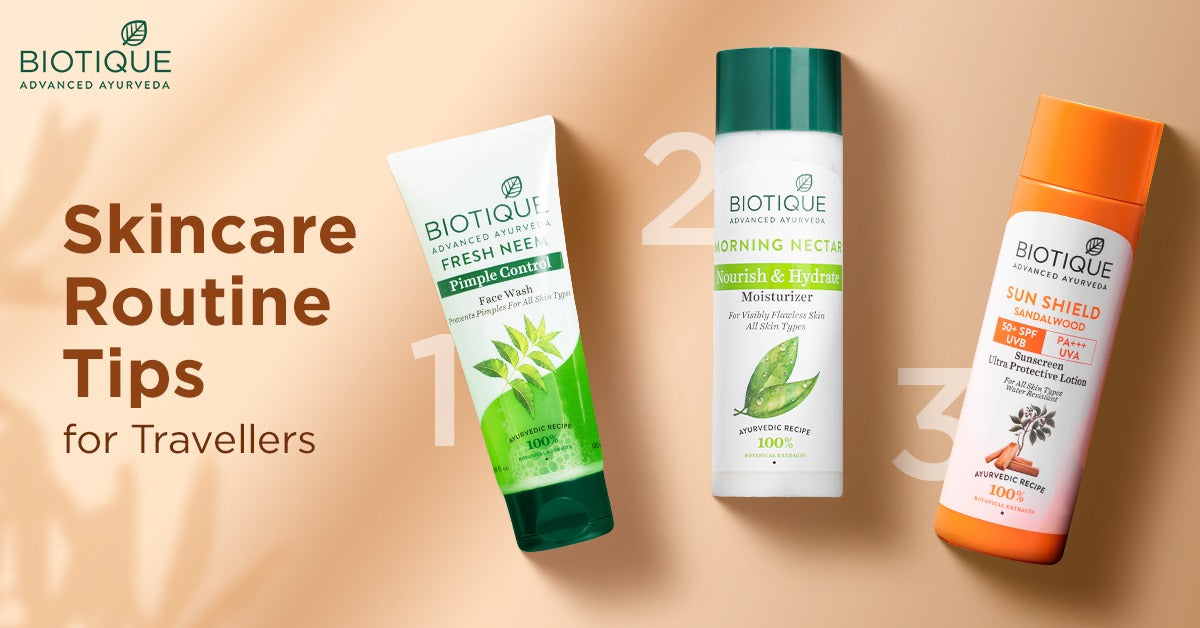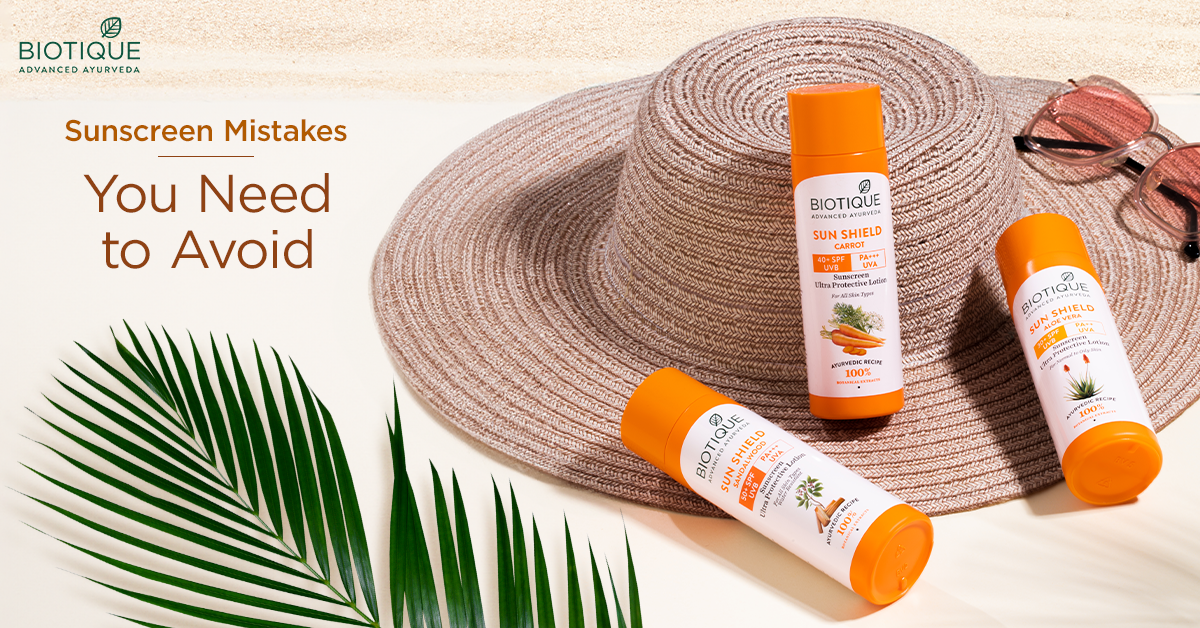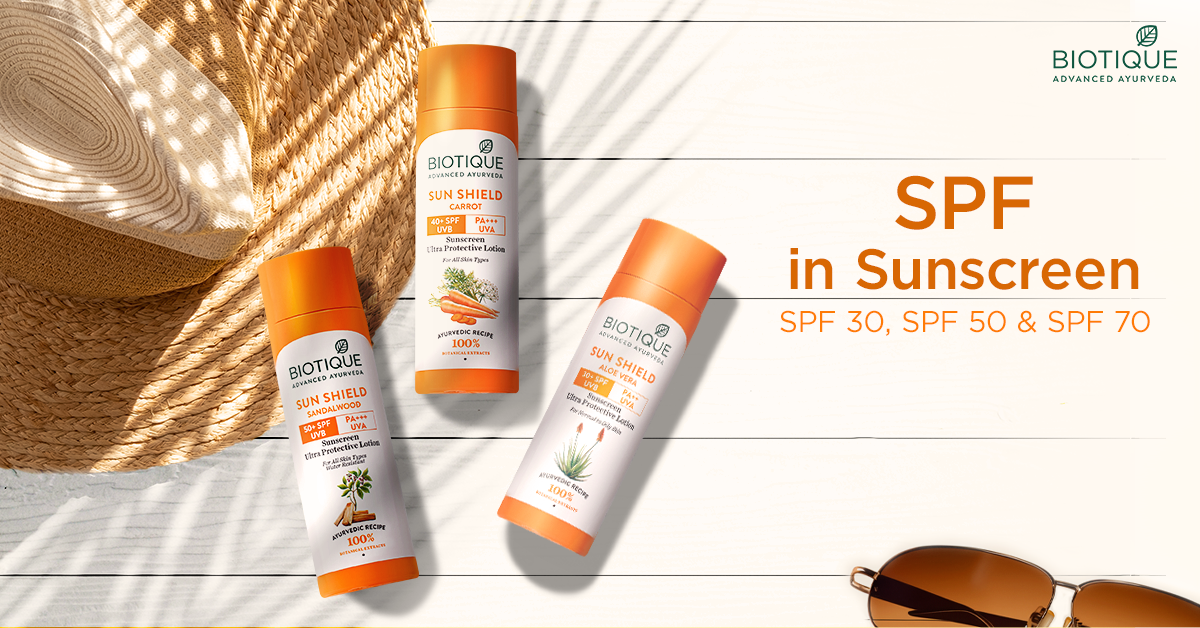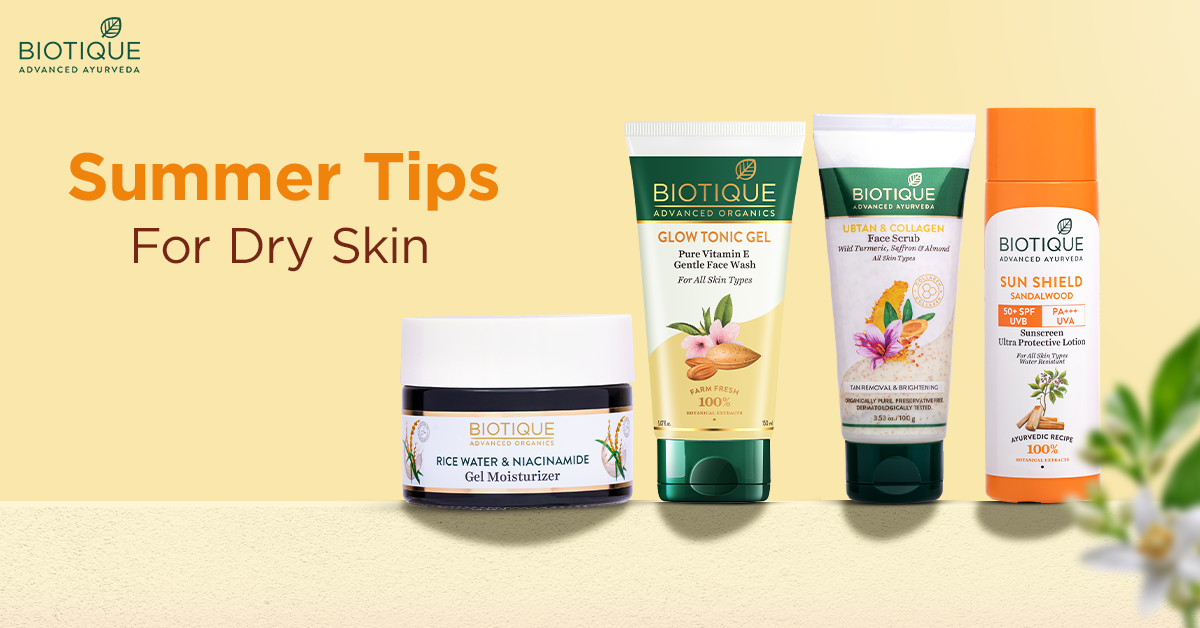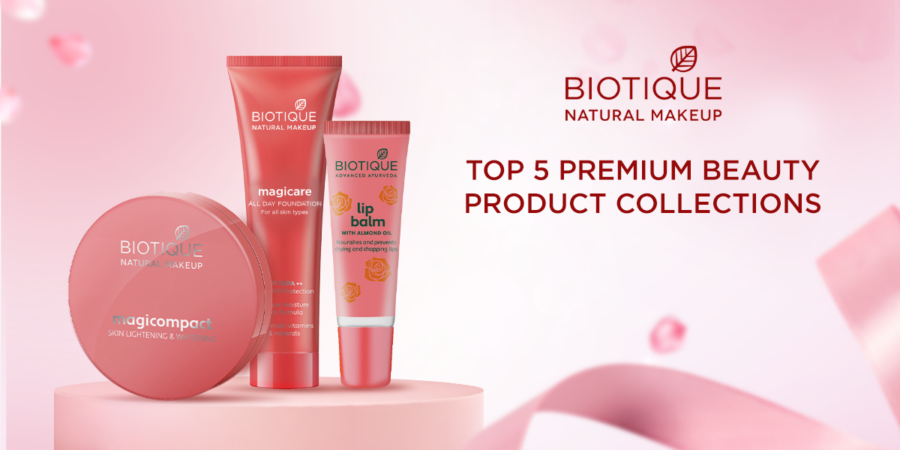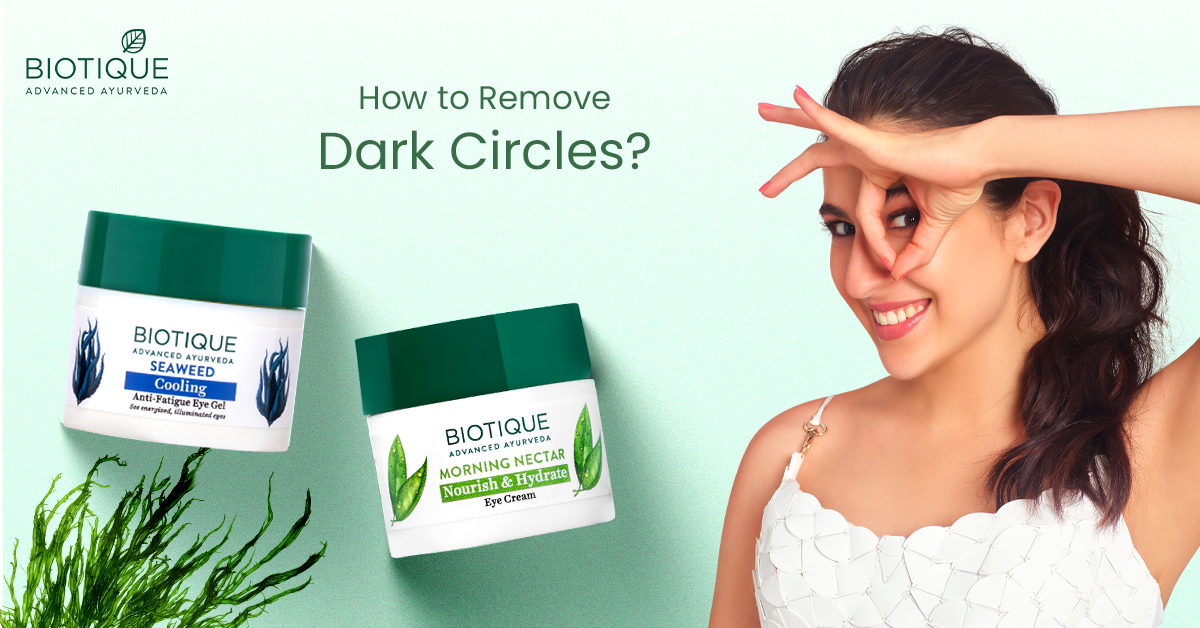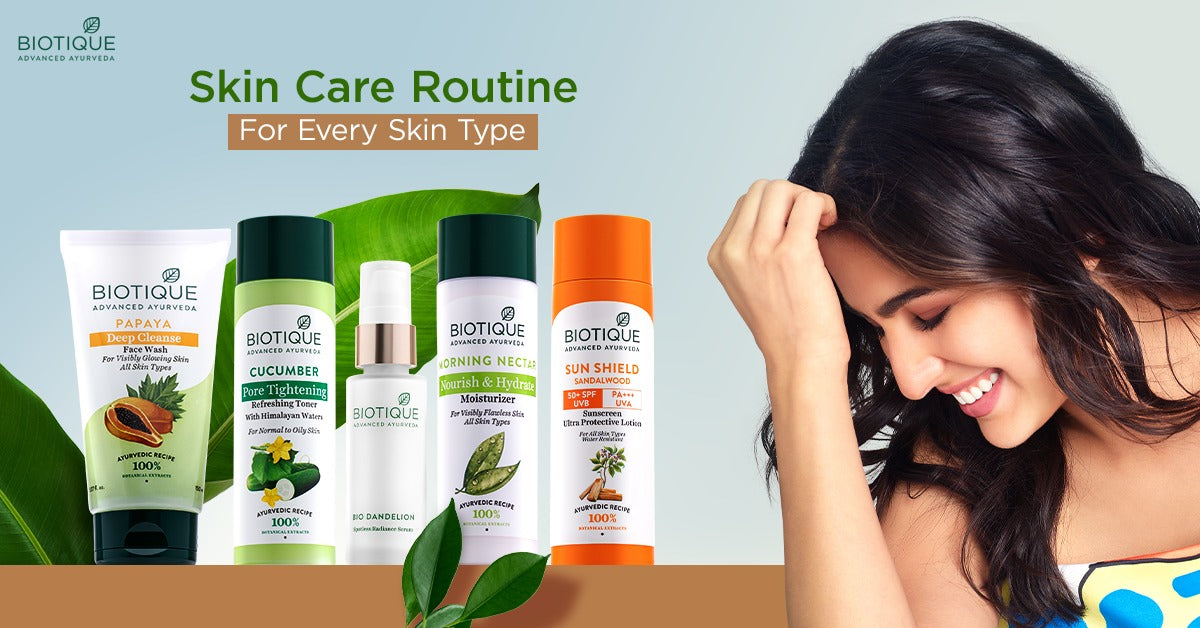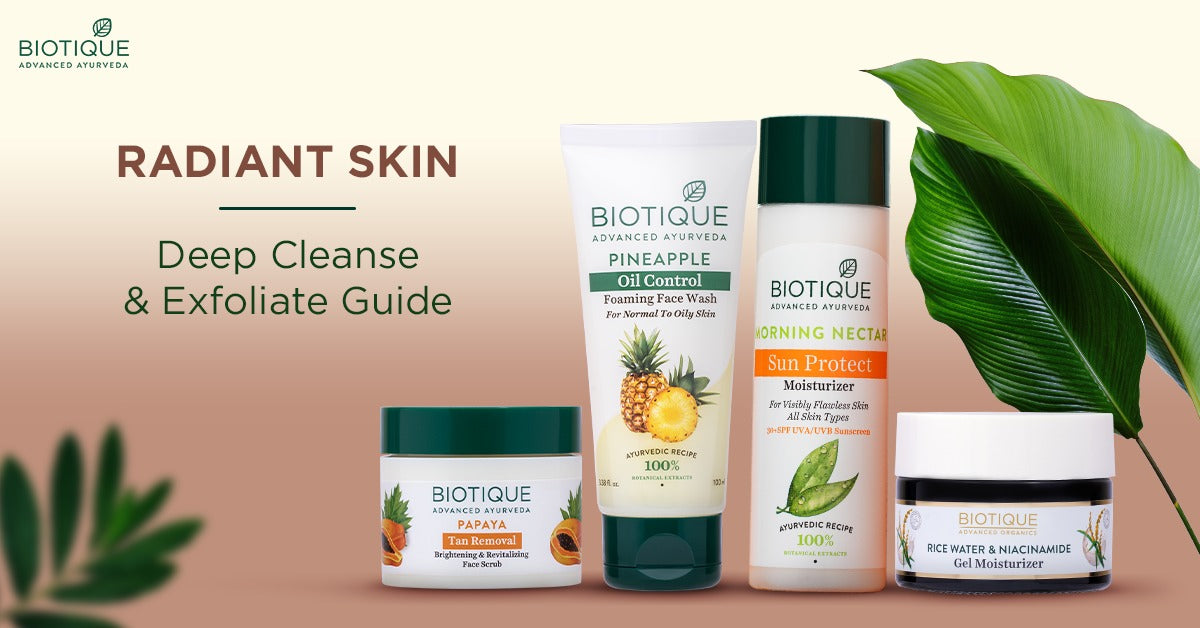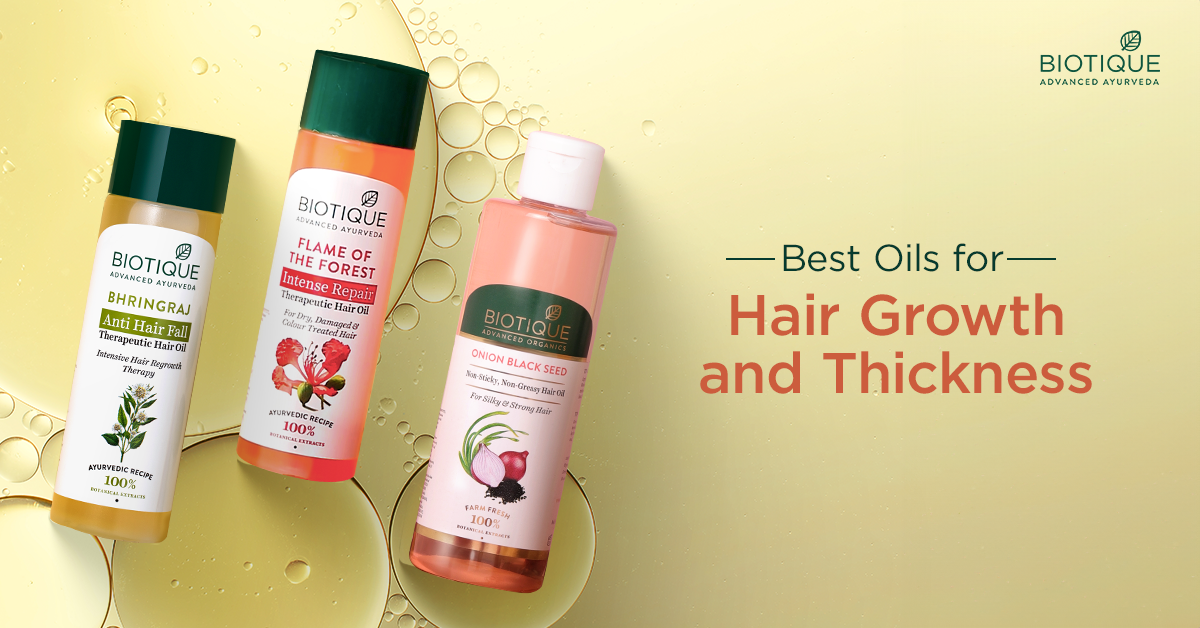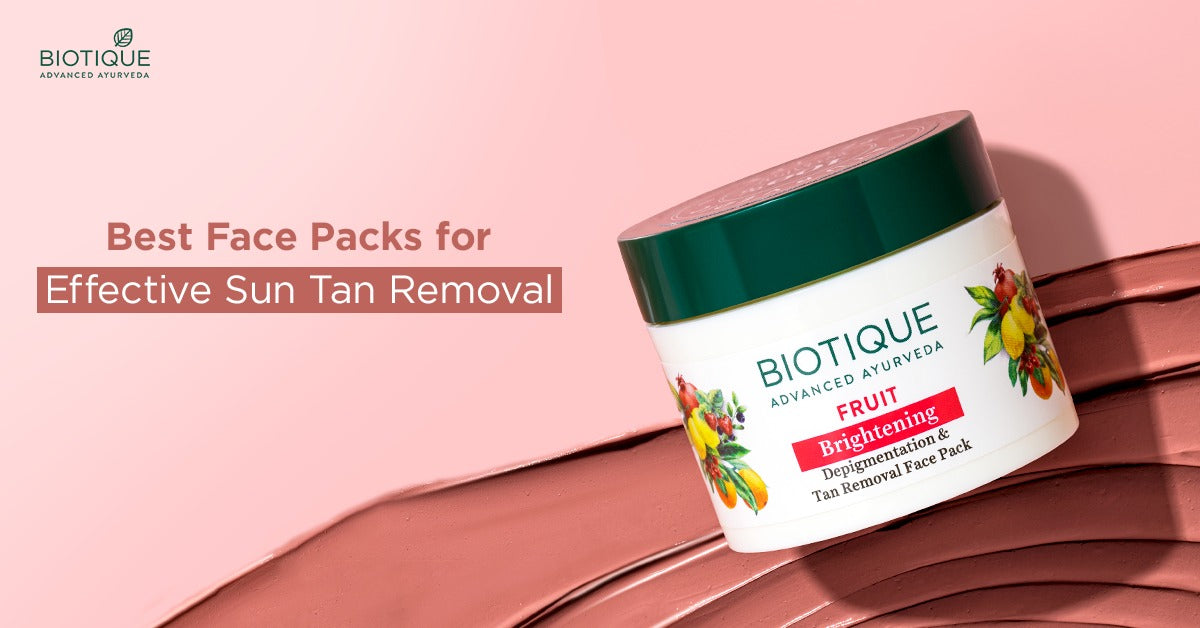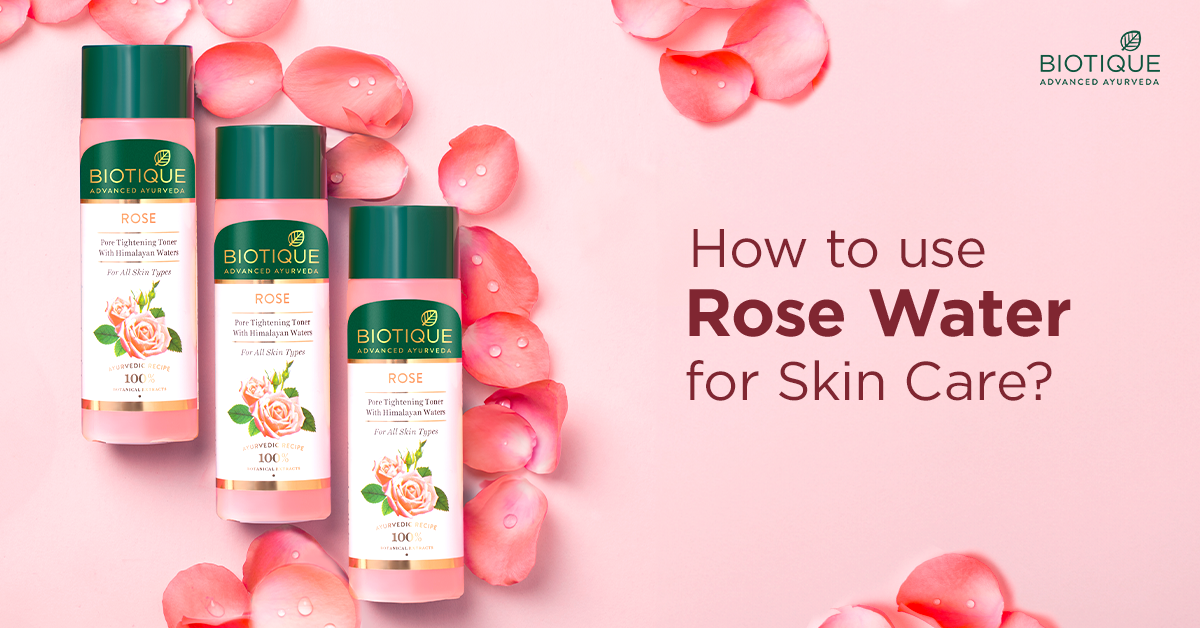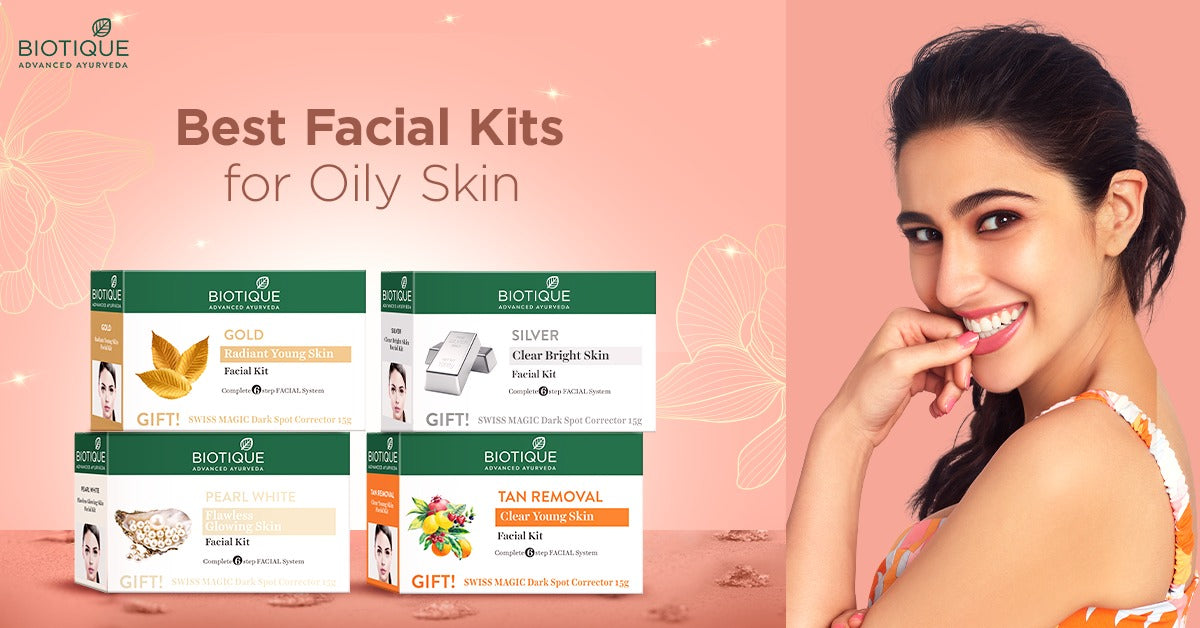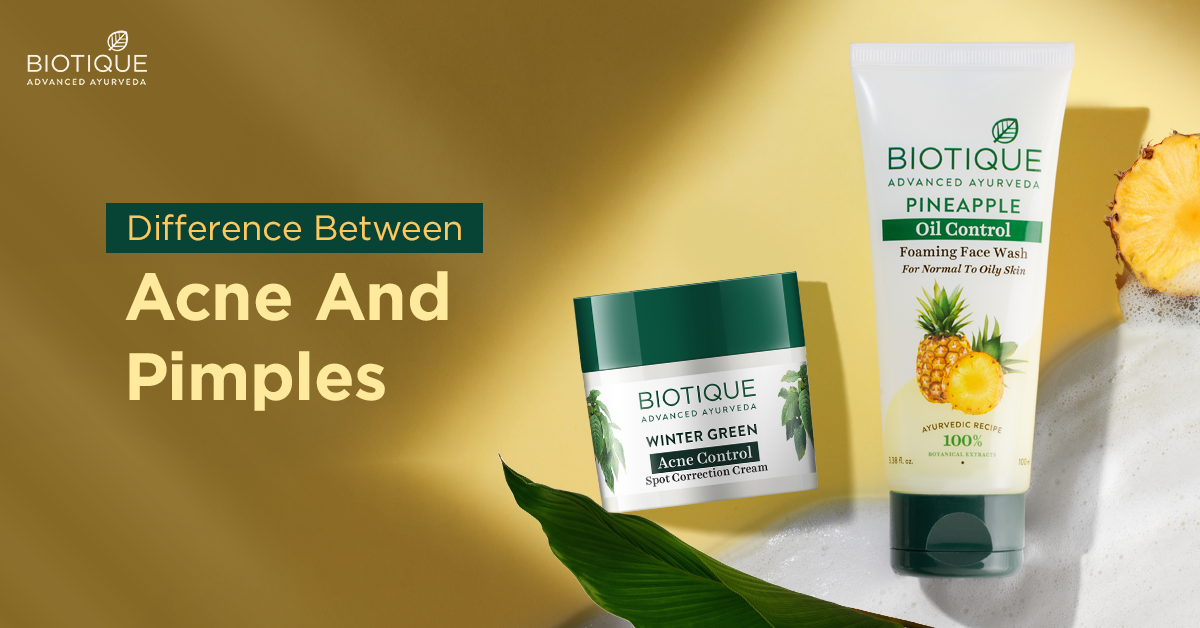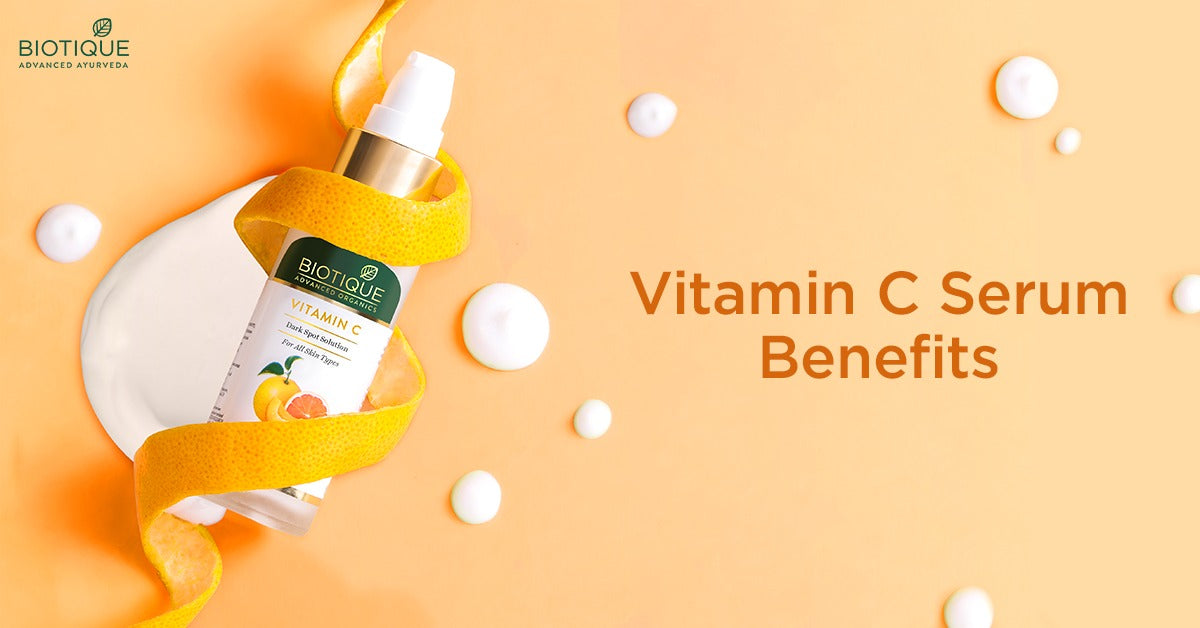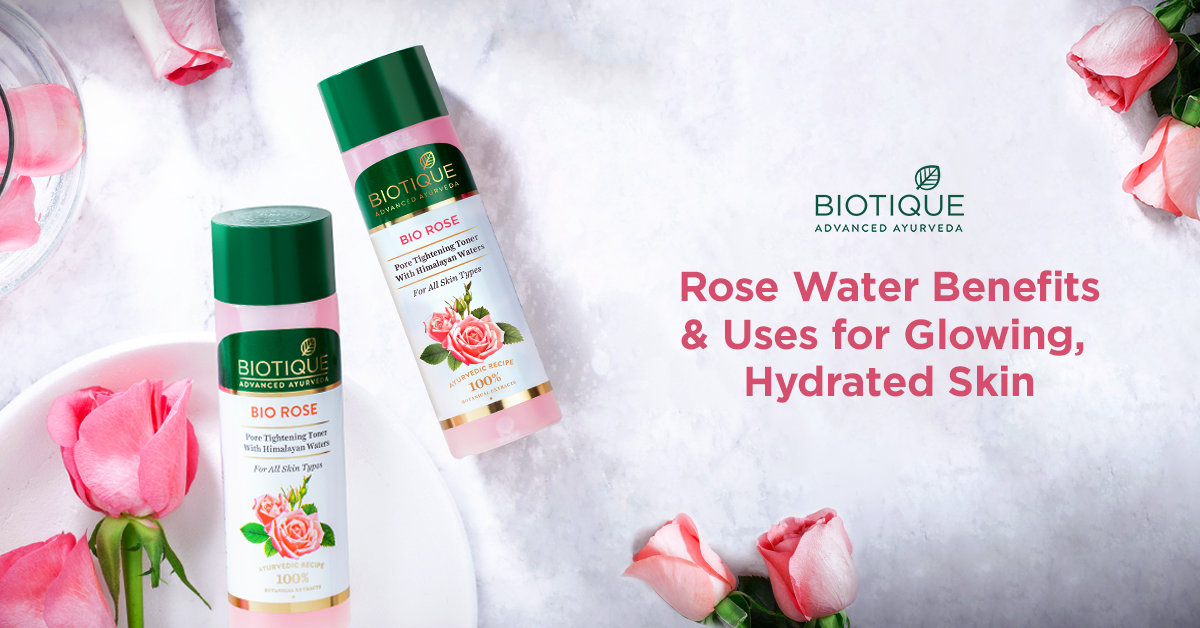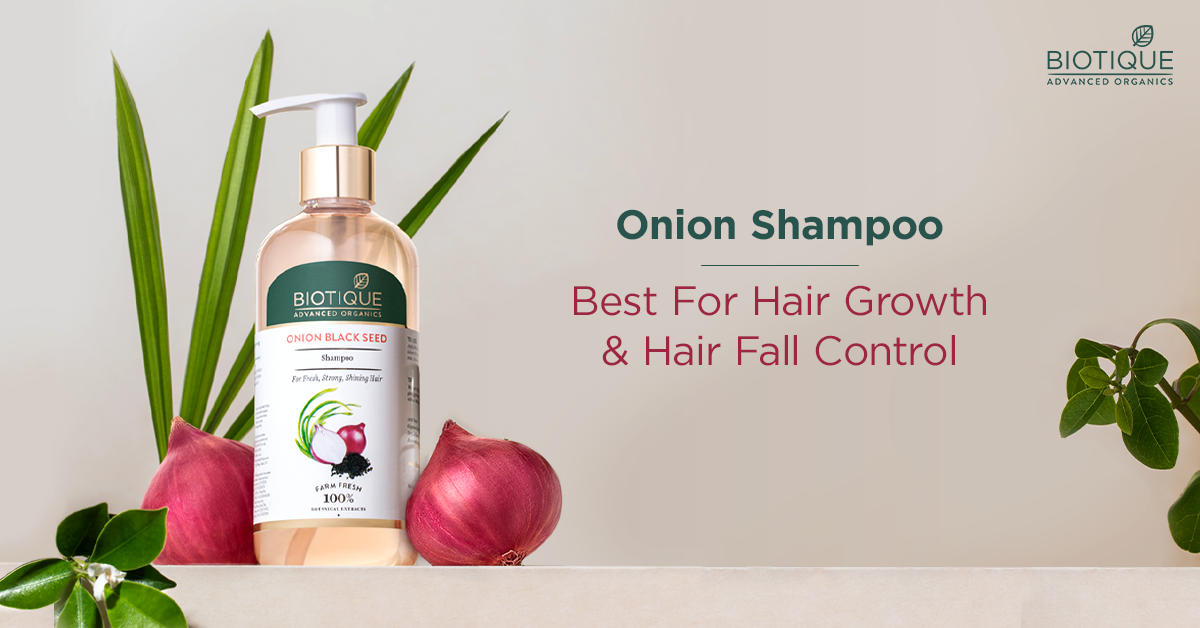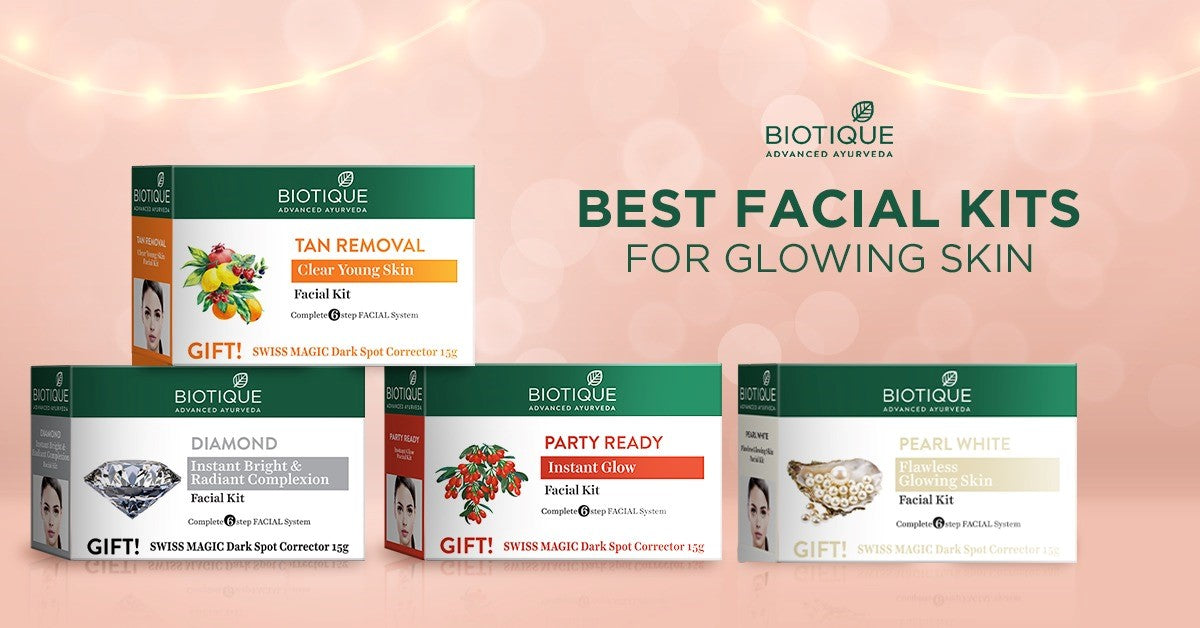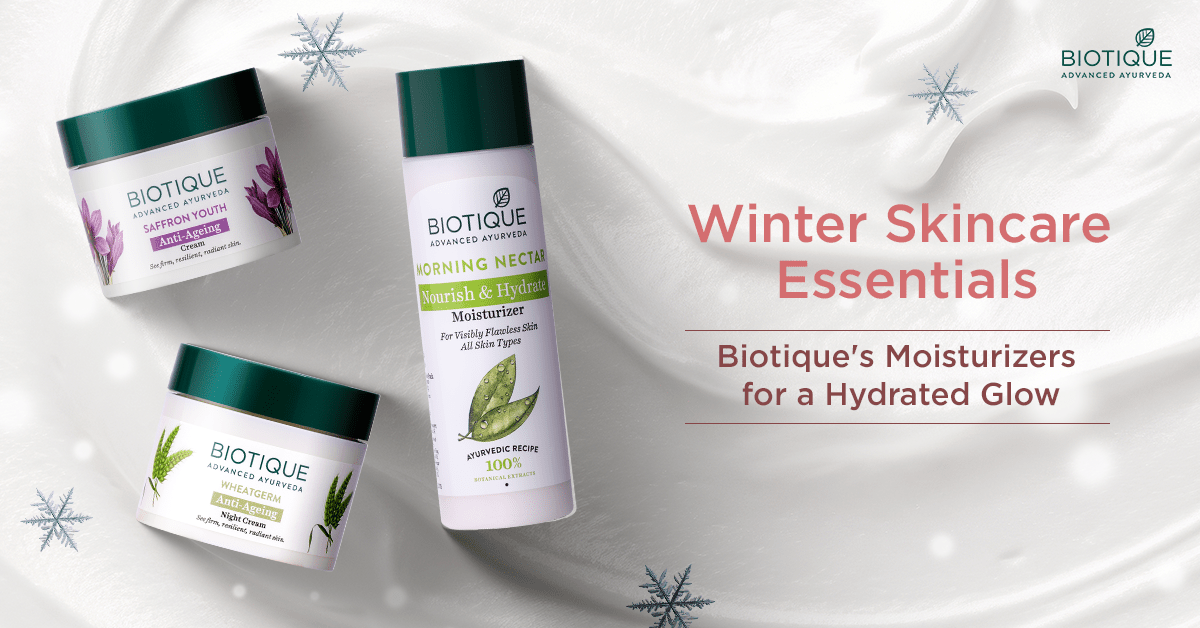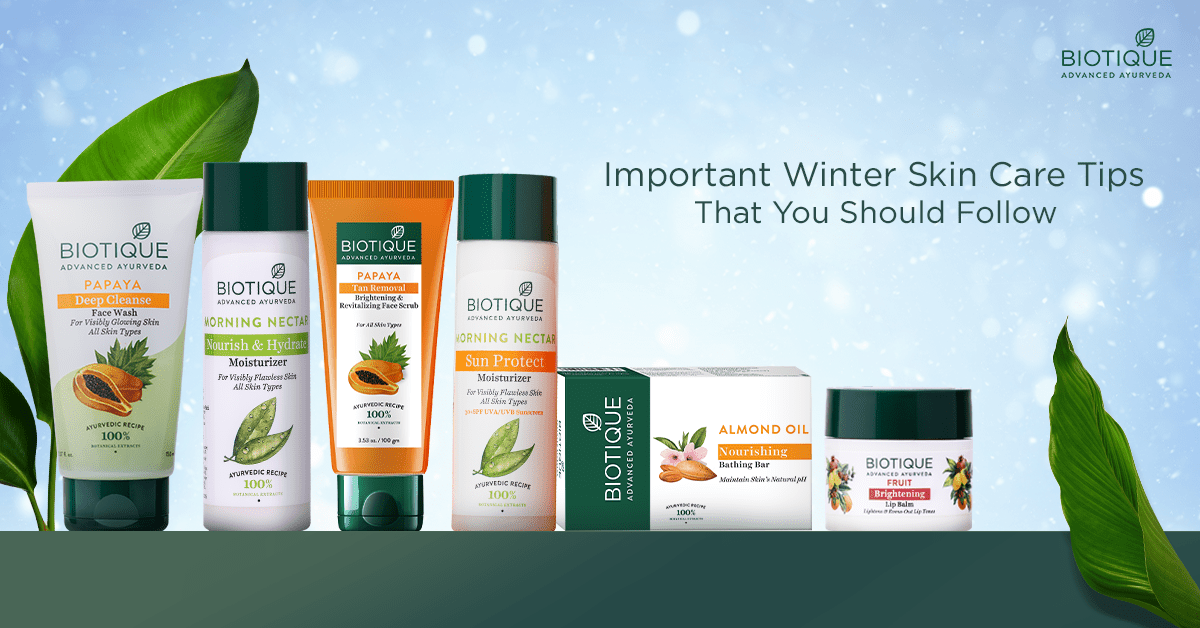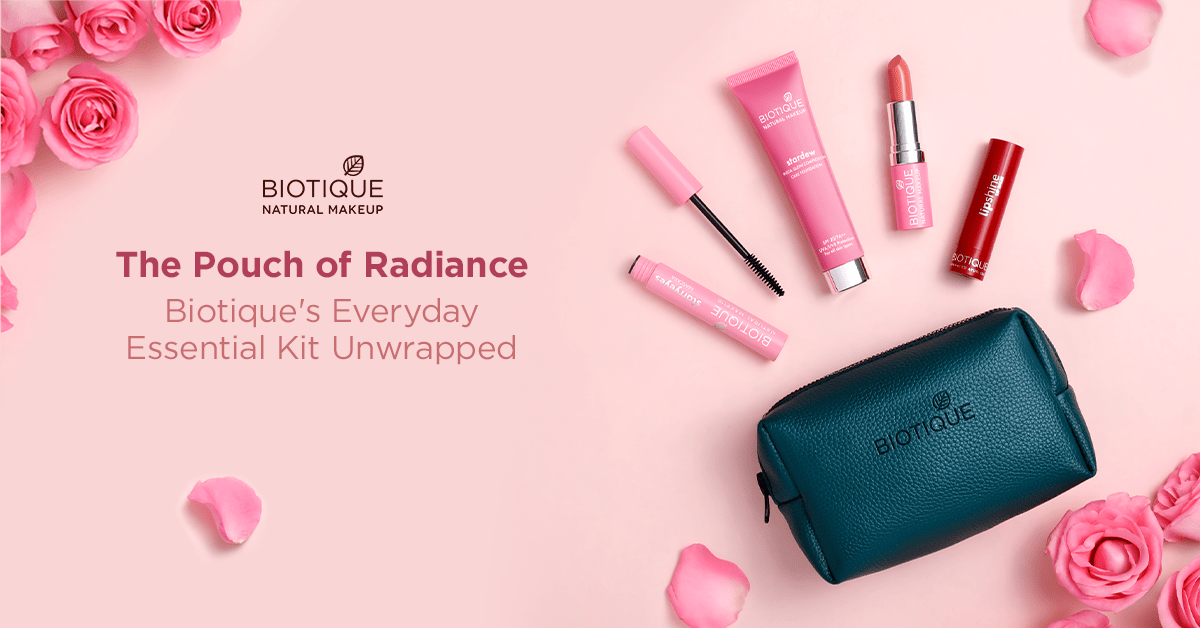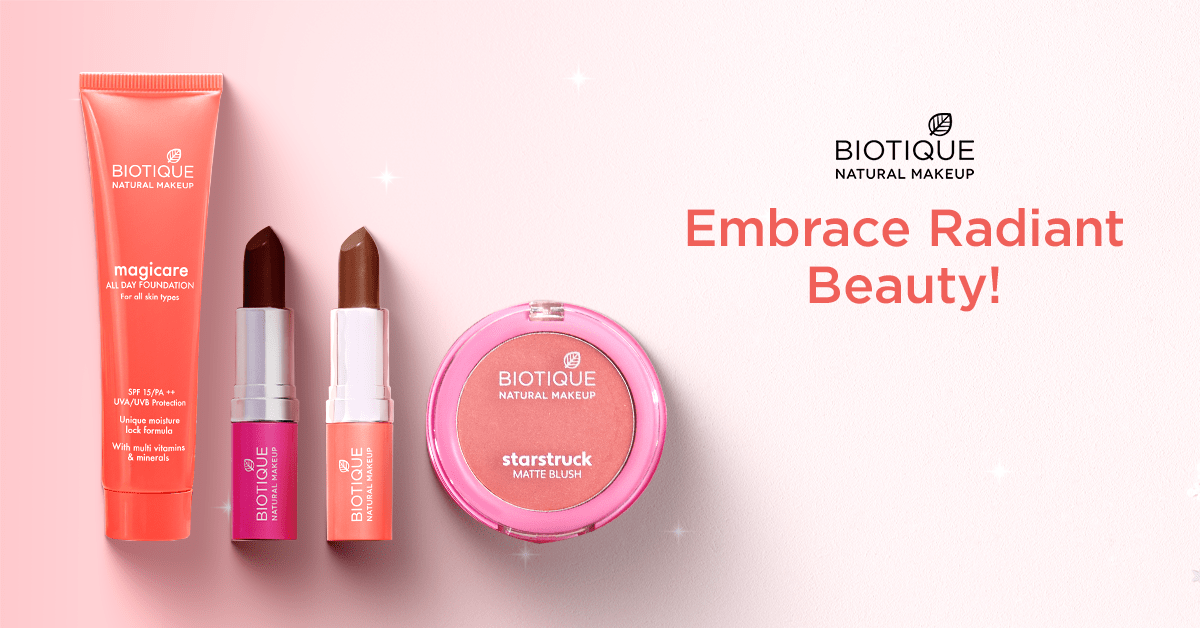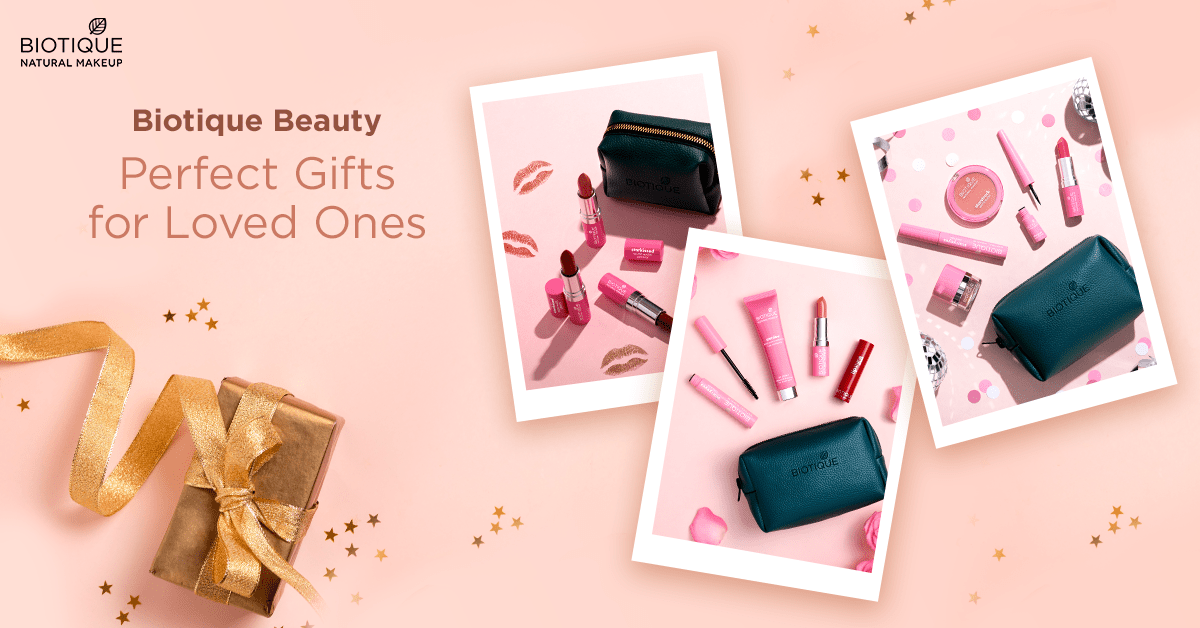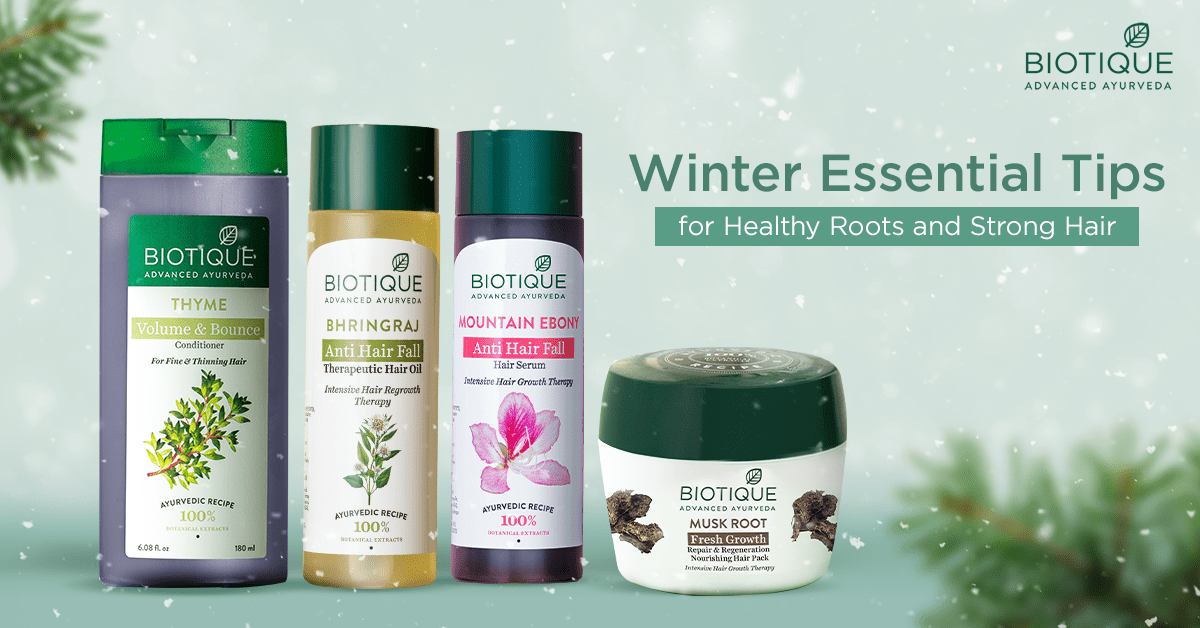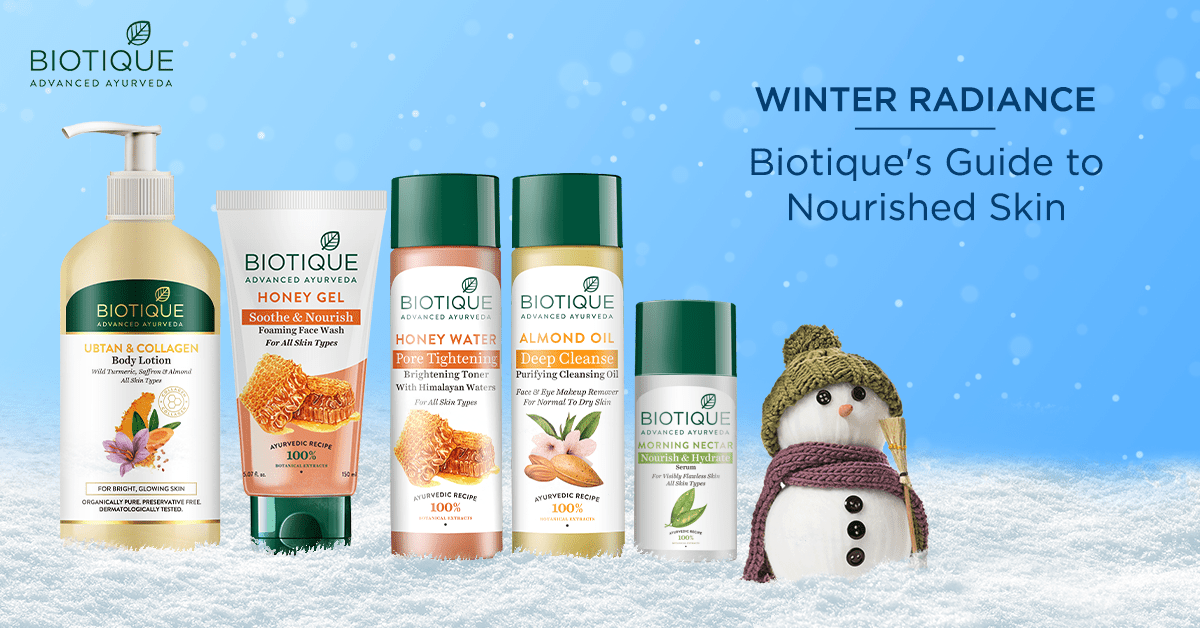When it comes to skincare protection, sunscreen is an essential product to consider in your personal care kit. Finding the right Sun Protection Factor (SPF) is an essential factor to take into account when choosing a skincare product to shield your skin from the sun’s UV rays. These UV rays pose serious risks to our skin that are not limited to sunburns; if they penetrate into the deeper layers of the skin, they can cause skin cancer, posing a fatal condition.
At Biotique, we present you with our specially formulated natural sunscreen lotions with SPF ranging from 50 to 30. However, to decide on the best sun protection sunscreen, it's essential to understand the exact differences between SPF 30 and SPF 50. So, let's get into detail on the sunscreen and what sets the SPF 30 apart from SPF 50 from below.
What does SPF stand for?
SPF stands for Sun Protection Factor. The specific number beside the SPF indicates what level of protection you will get from the sunscreen to protect your skin from sunburn. Besides, you need to understand the terminologies like physical or chemical sunblocks, UVA or UVB, and broad-spectrum sunscreen, making choosing the right product complicated. All of them are associated with SPF and are used in lotions for protection against harmful UVB rays. The numbers in SPF refer to how long it will take for the sub-radiation to cause sunburn on the skin with or without sunscreen.
You must know that these numbers are not accurate, but an estimate for sunscreen SPF 50 and 30 is needed as sunburn rates can vary from one person to another. SPF doesn’t ensure how well the sunscreen can protect your skin from UVA rays. Therefore, check the label to see if it says SPF with broad-spectrum, UVA, and UVB. While the SPF 30 filters 97% of UVB rays, the SPF 50 filters out about 98% of UVB to offer higher protection.
SPF 30 Vs. SPF 50: What should you know about it?
Making the right choice for sunscreen can cause a dilemma when it comes to SPF 30 Vs. SPF 50. So, it's essential to understand the differences between these two numbers and make the right choice for your skincare routine. A sunscreen's capacity to shield skin from UVB radiation, which is the main cause of sunburn and skin cancer risk, is measured by its Sun Protection Factor (SPF). Here is what sun cream 30 SPF should know about:
- How much protection does each offer?
While SPF 30 can block 97% of UVB, SPF 50 can block 98% of UVB. Although it might not seem much of a difference, people who have fair or sensitive skin or spend a lot of time in the sun can easily notice these improvements. This means that if your skin usually bursts after 10 minutes in the sun, choosing SPF 30 sunscreen to apply will enable you to stay in the sun without burning for approximately 300 minutes. Similarly, the SPF 50 will allow you to stay in the sun for around 500 minutes, but you will want to burn.
SPF 30 allows 3% of UVB rays to hit your skin, which may or may not penetrate your skin. Similarly, SPF 50 allows 2% of UVB rays to hit your skin. The damaging effect of sun rays can’t be risked by choosing lower SPF protection like 15 or 25 that can’t cut much of the UV rays. Given that sunscreen wears off after two hours and needs to be reapplied often, the SPF rating is quite important.
- Which skin types are suitable for it?
SPF 50 is best for fair or sensitive skin because it adds an additional layer of protection against sunburn and skin damage. However, if you are looking for the best sunscreen for all skin types, then SPF 30 can be the ideal choice as this number easily strikes a balance between its durability and protection. Moreover, if you have oily skin, then SPF 30 can be a good SPF for oily skin choices as it has a lighter texture and lowers the risk of clogging pores.
You can also choose SPF 50 sunscreen, which has an oil-free and non-comedogenic formula. It can suit your oily skin without making your appearance blotching and greasy. It will offer you oil-control properties. Check out our Sun Shield sandalwood 50+ SPF UVB Sunscreen Ultra Soothing Lotion, suitable for all skin types; made of sandalwood oil, saffron and honey, your skin will get natural protection against UV rays.
- How much should you apply for it?
Apply a generous amount of sunscreen and reapply it every two hours or with more frequency when you work under the sun for too long as you sweat too much or swim; it can guarantee you continuous UV protection against sunburn and skin damage. Each SPF selection has its instructions for when and how you should use it.
So, make sure to read the label while using it. When you are using our Sun Shield or Morning Nectar sun protection products, we recommend you use it liberally over your face, neck, or other exposed skin before going out in the sun. Apply it again as needed after swimming or sweating.
Summing Up!
While selecting between SPF 30 and SPF 50, make sure to choose according to your personal preferences, your skin type, and the amount or pattern of sun exposure you get. SPF 50 provides increased UVB protection compared to SPF 30. So, it is appropriate for lengthy periods of sun exposure or fair or sensitive skin types. Our SPF 30 moisturiser can benefit you by giving you a dewy appearance rather than making your skin patchy.
Check out our SPF 50 lotion, which is rich in nutrients and water resistant. Both can keep your skin sun protected and ensure you stay moisturised. You may also want to consider the “broad-spectrum” or “PA++” on a sunscreen label. It means that the product has been tested and meets the standards for offering UVA protection. Our products offer overall protection from sun damage with PA++ ratings and come in light textures to make them summer-friendly.


